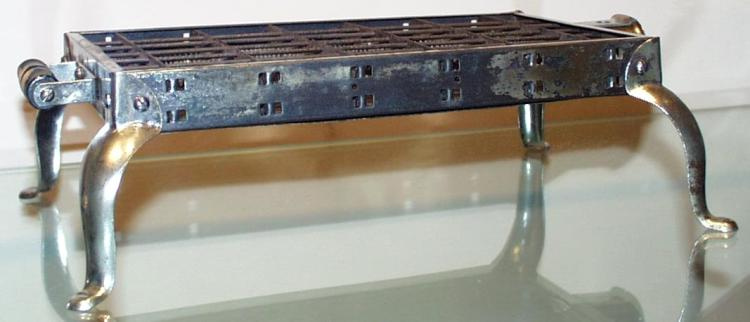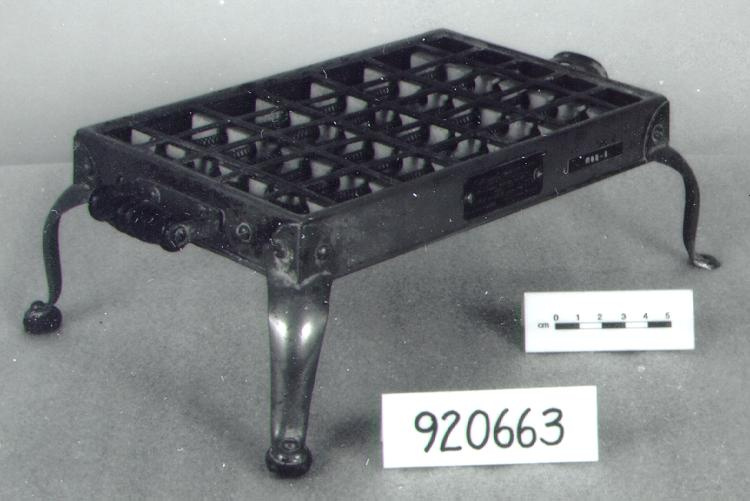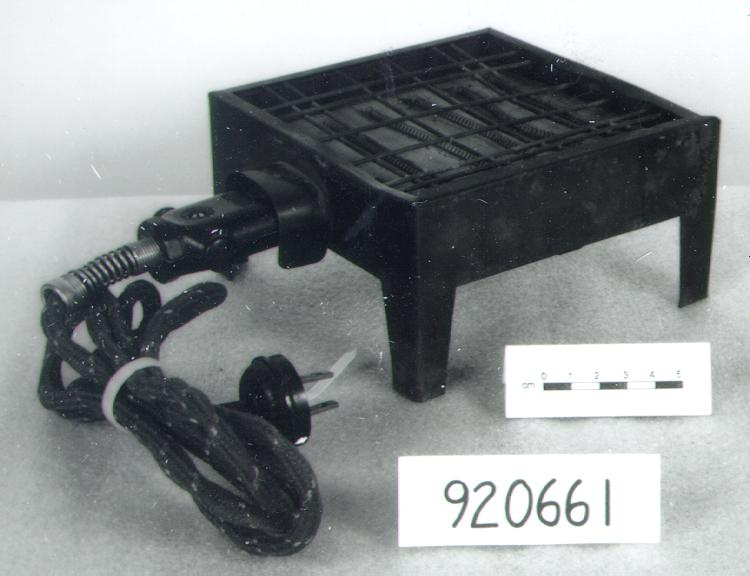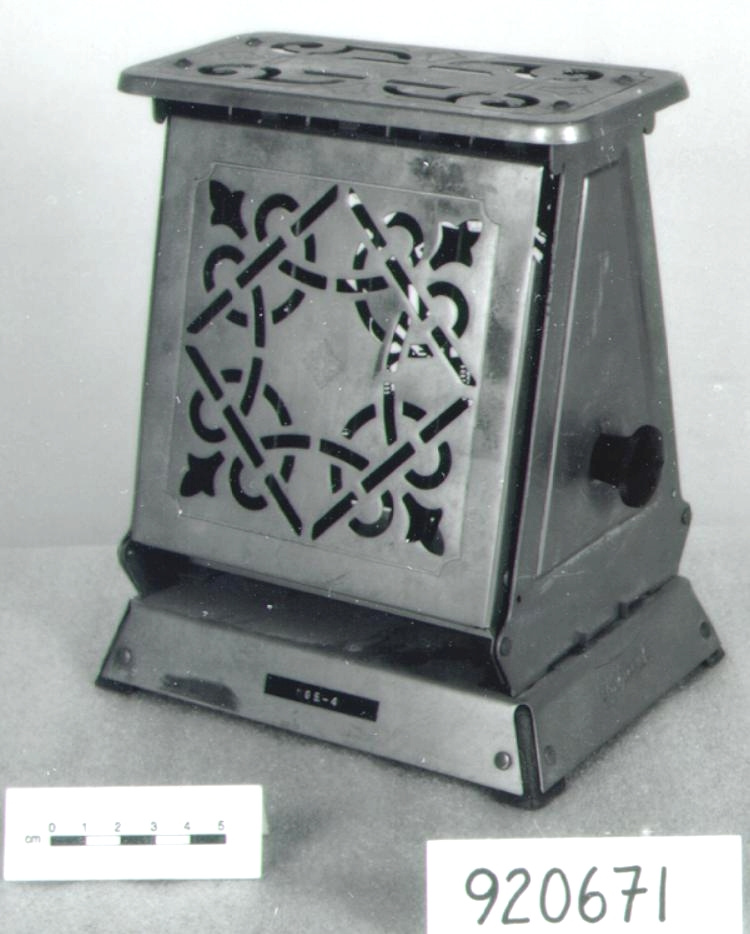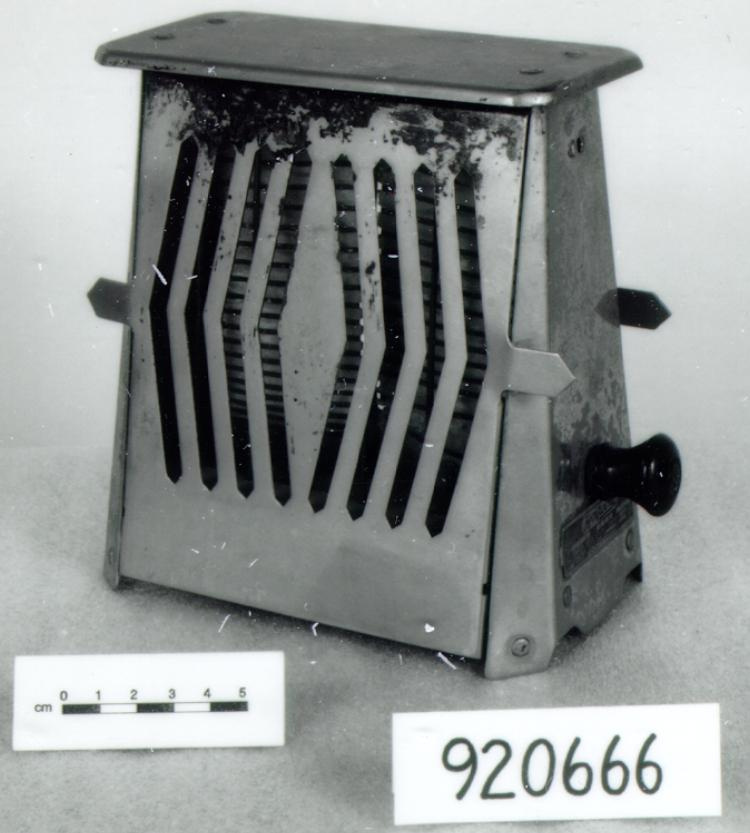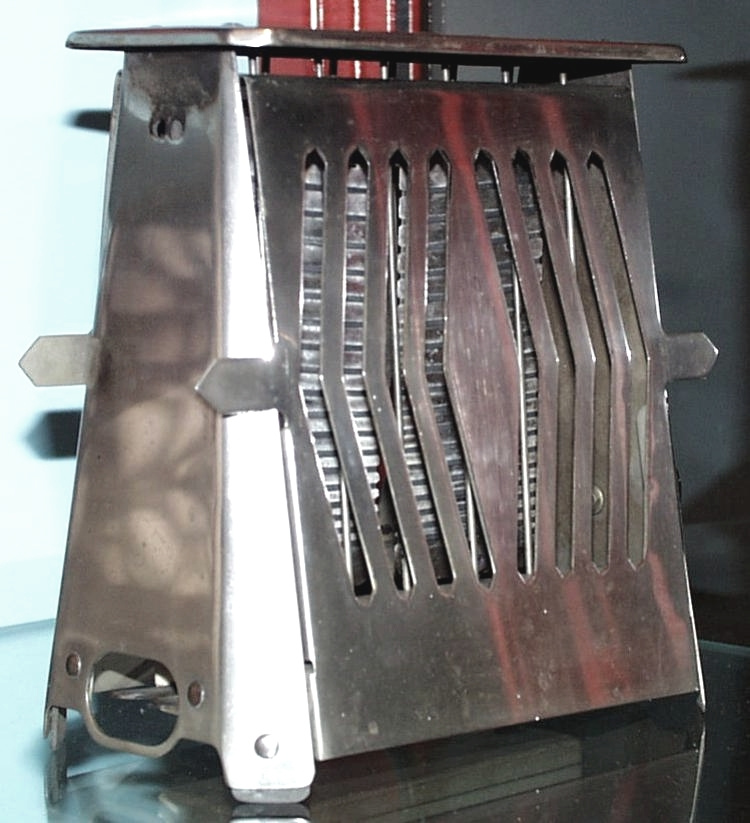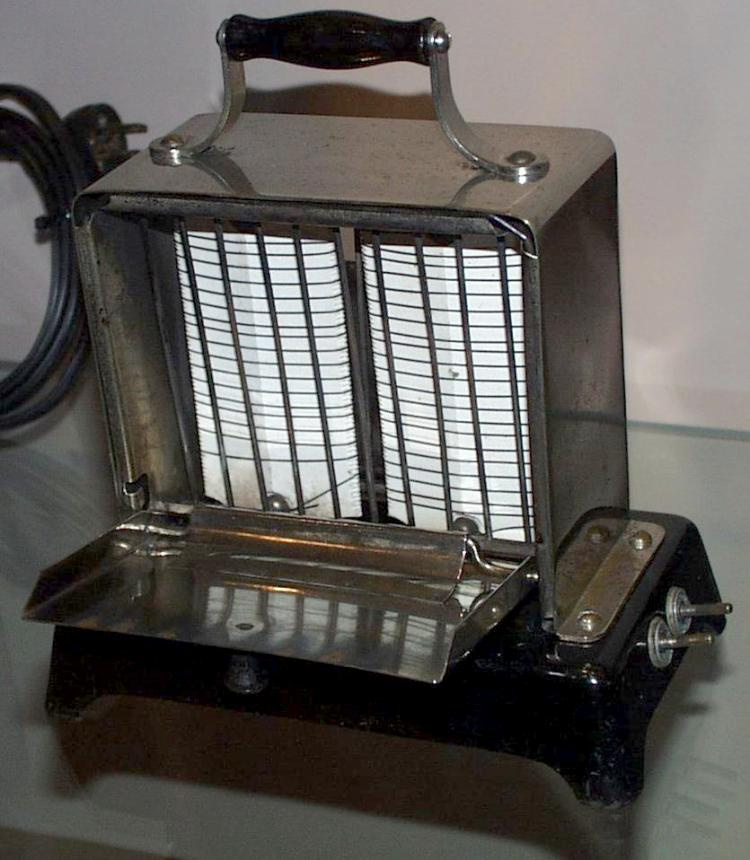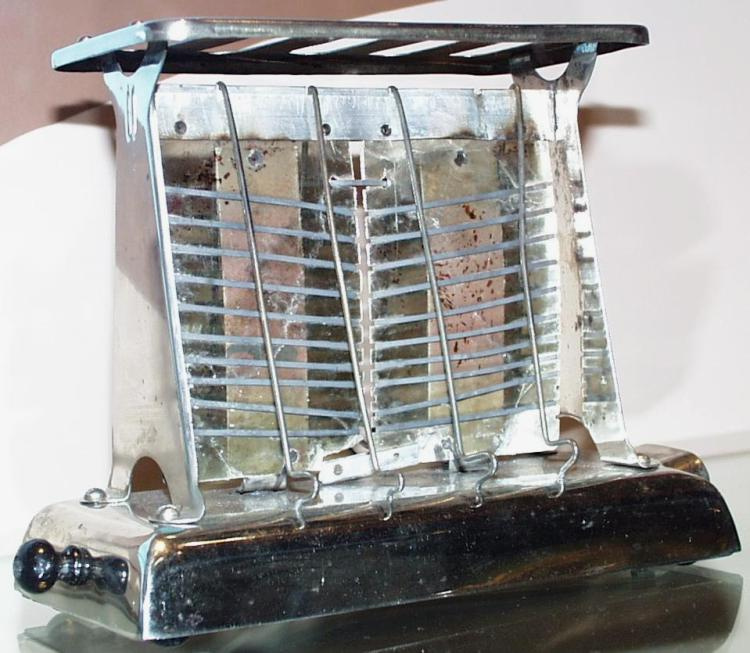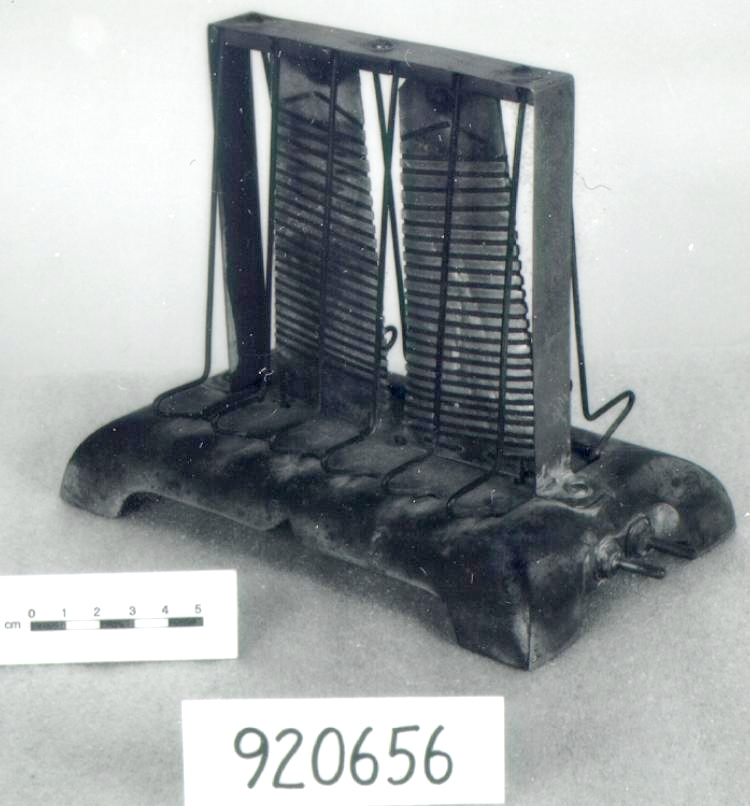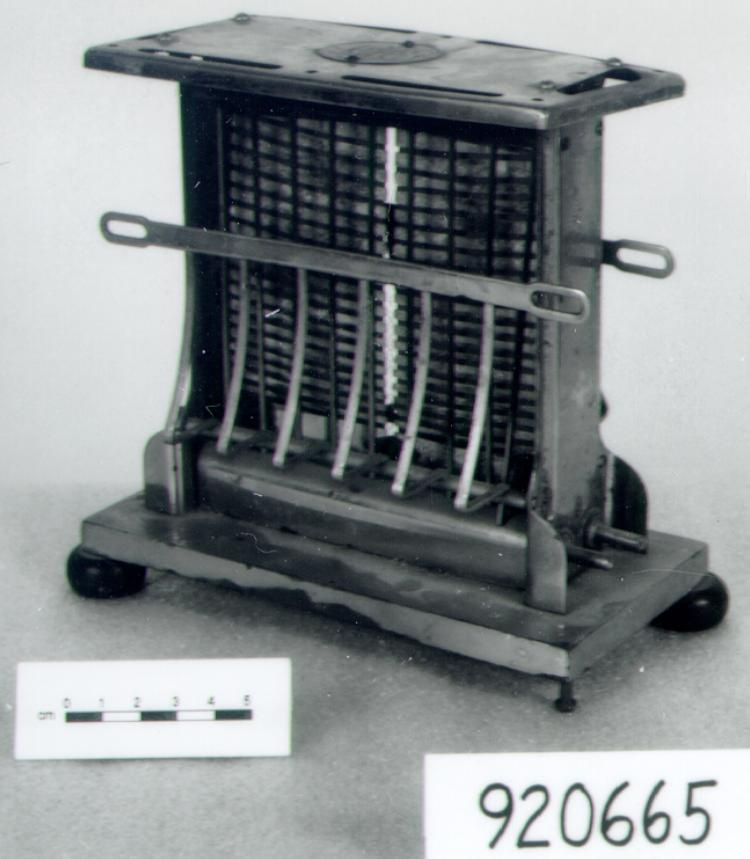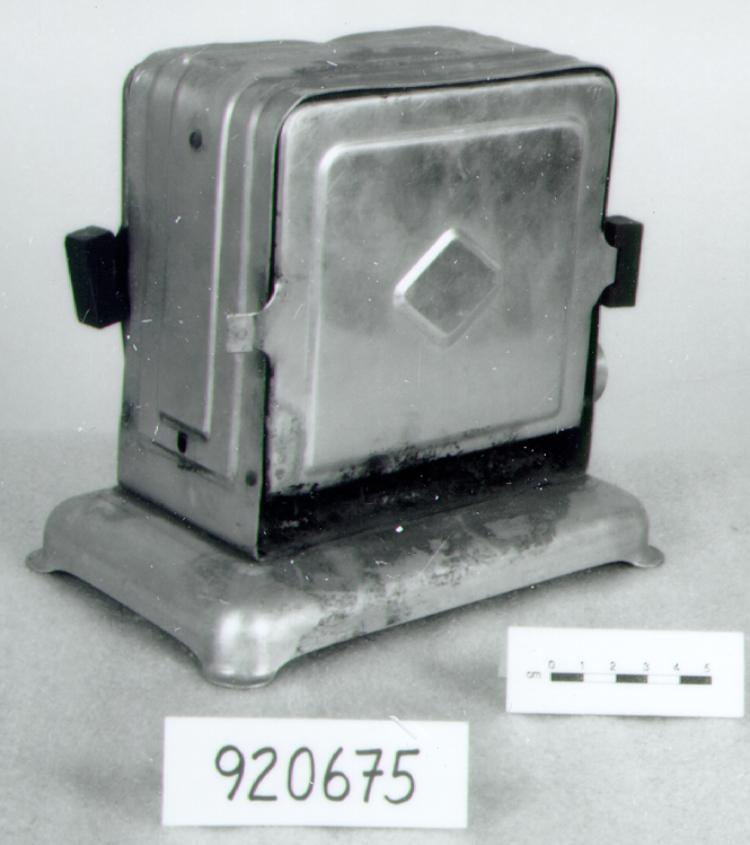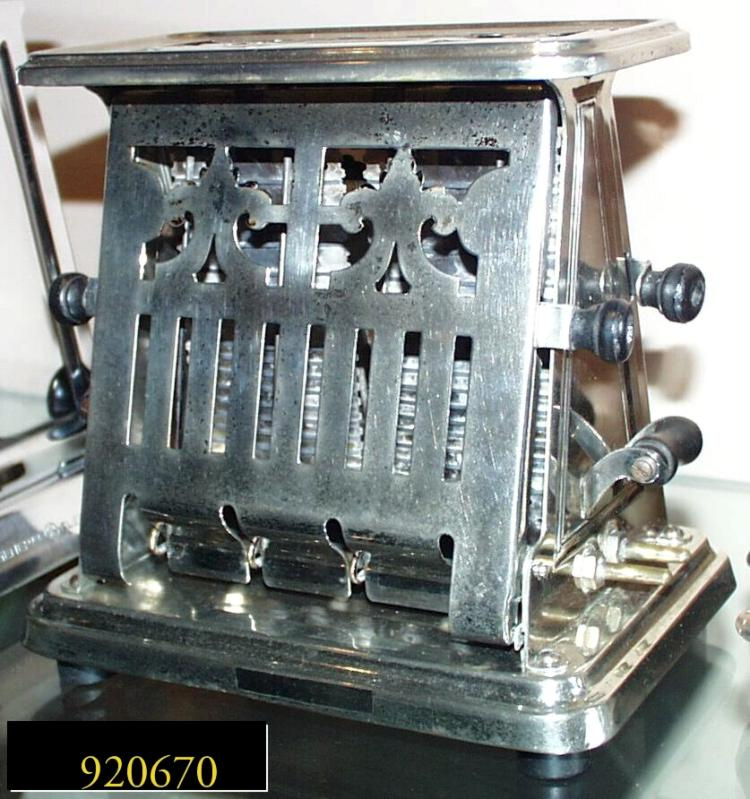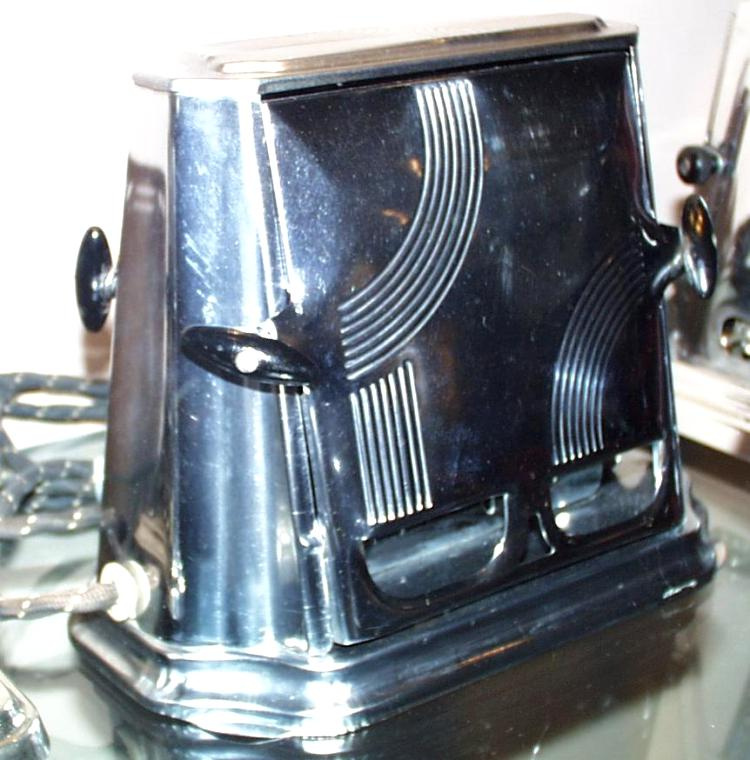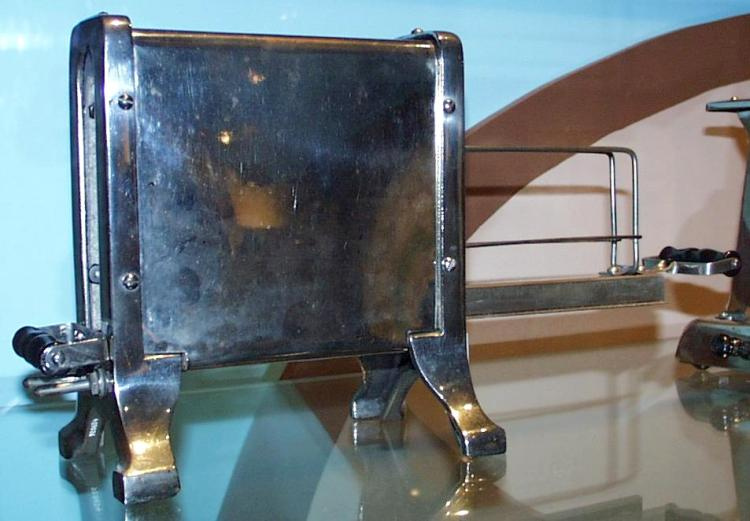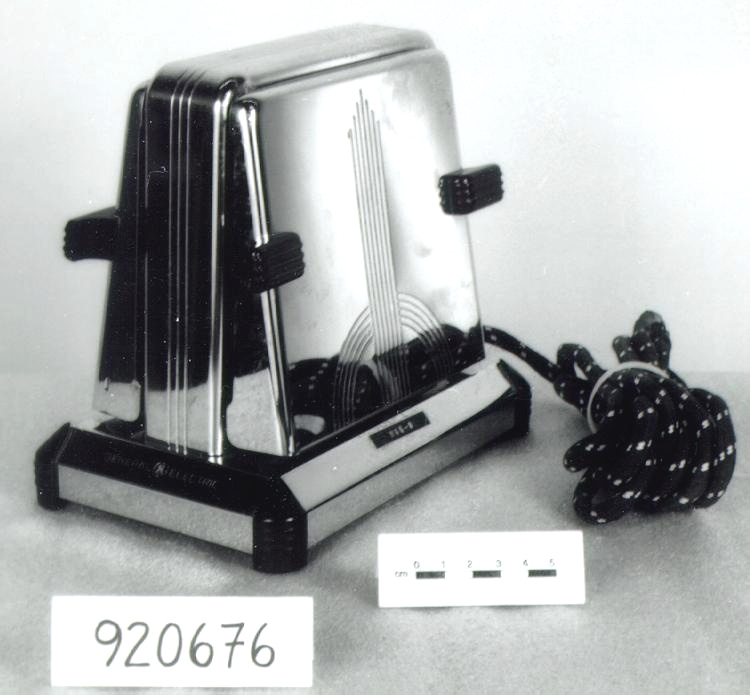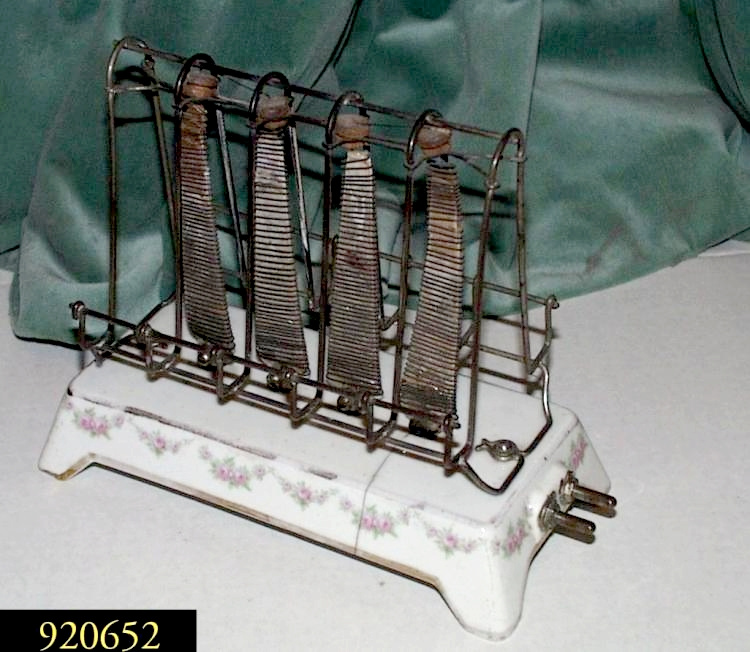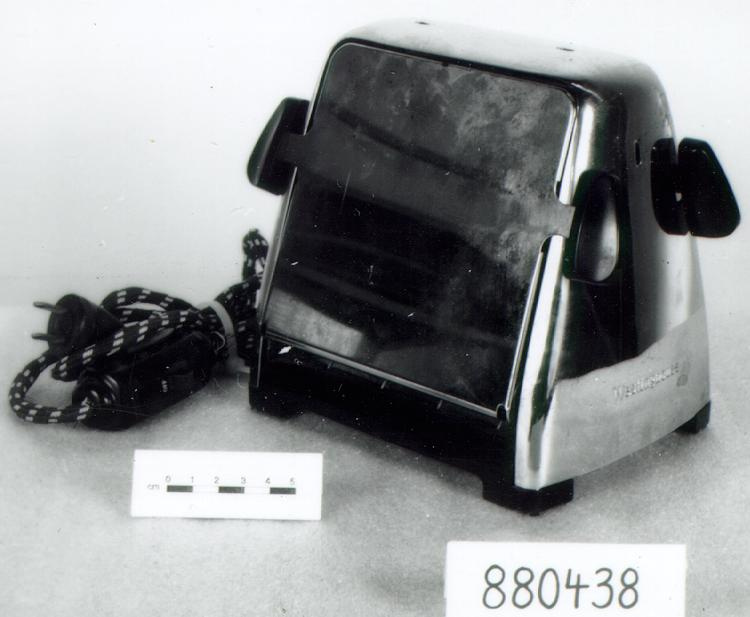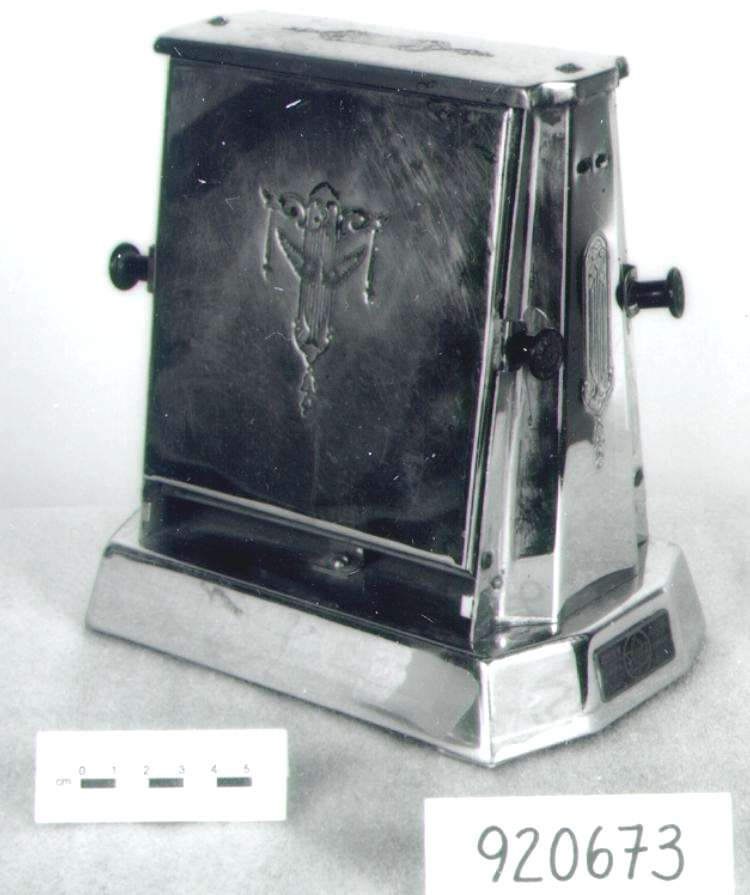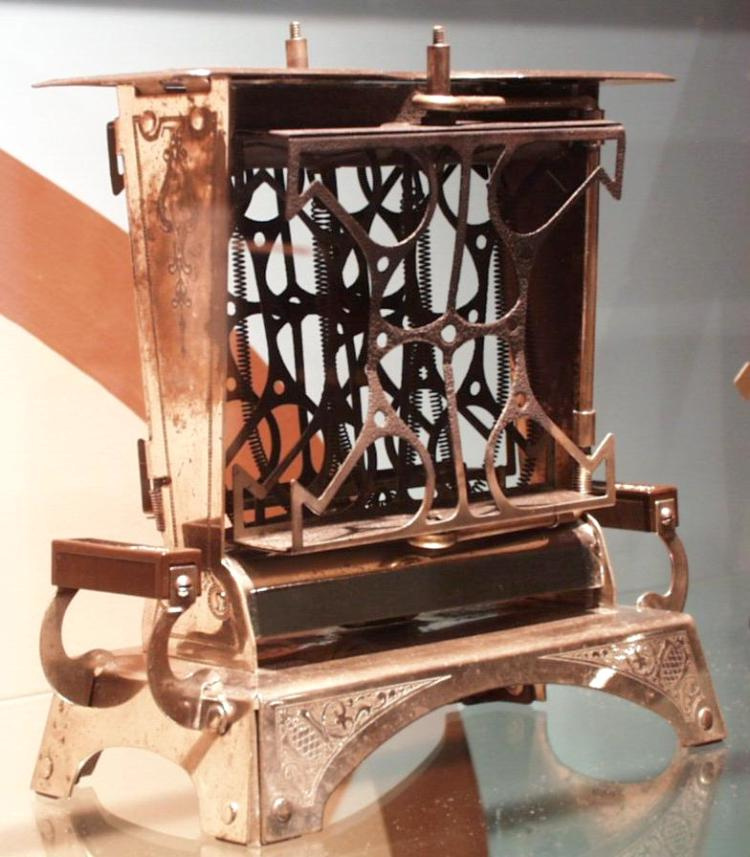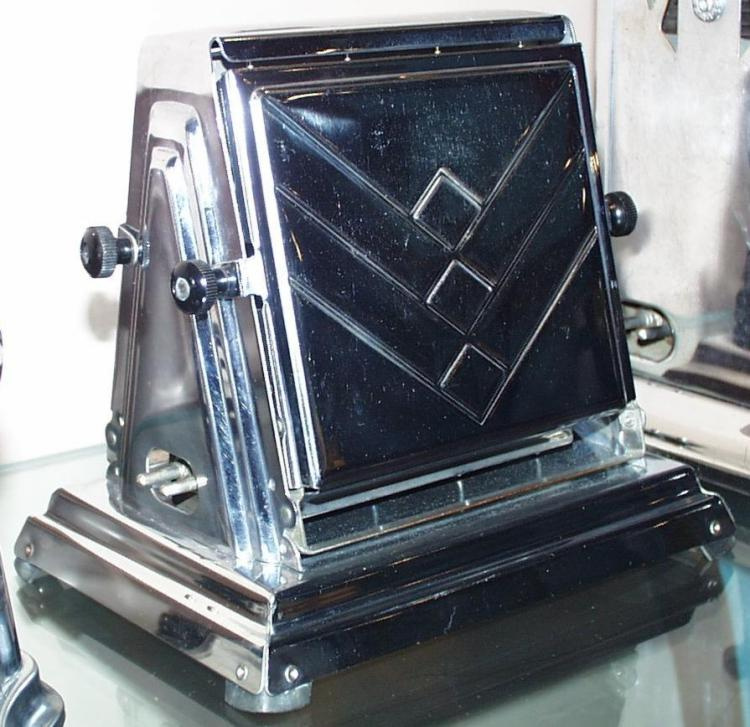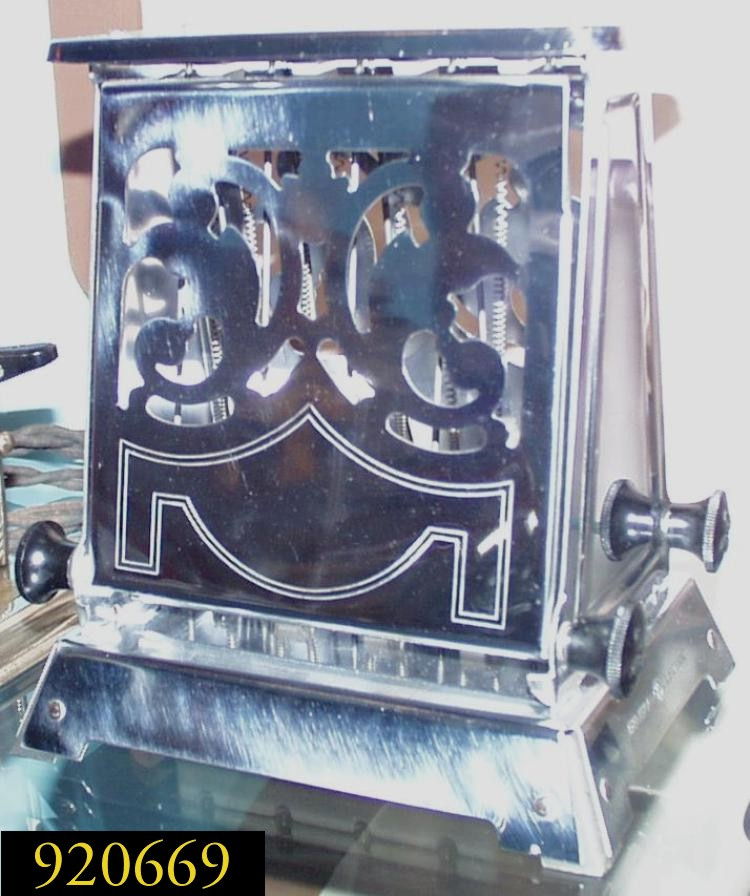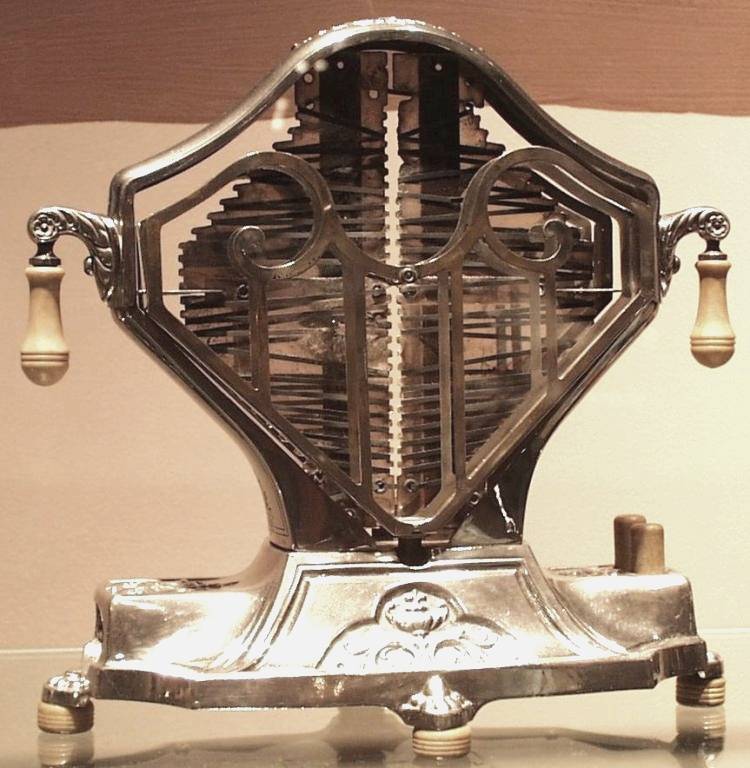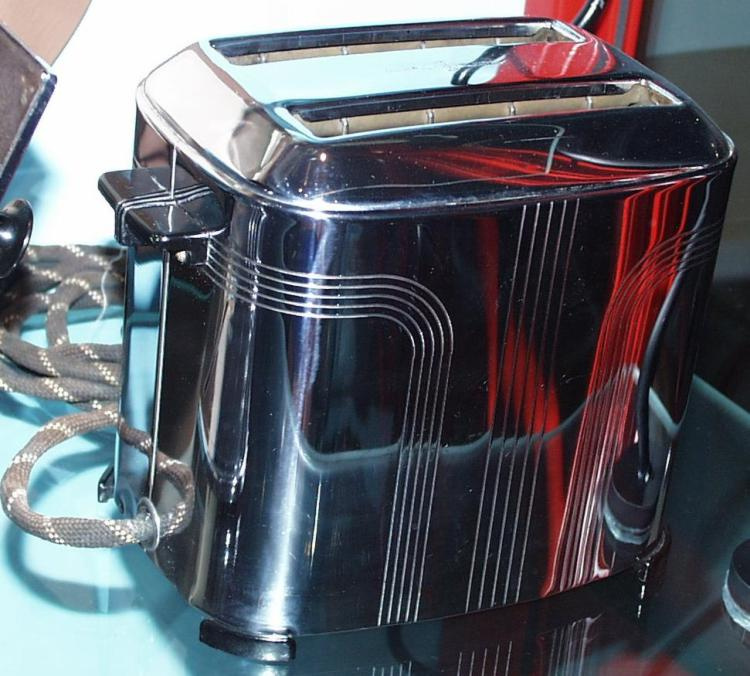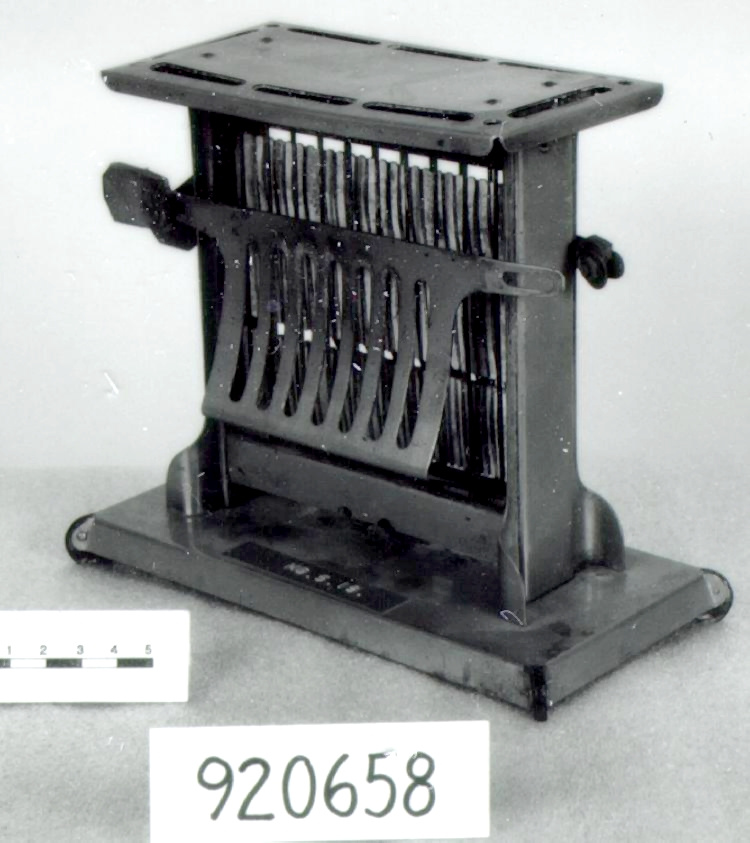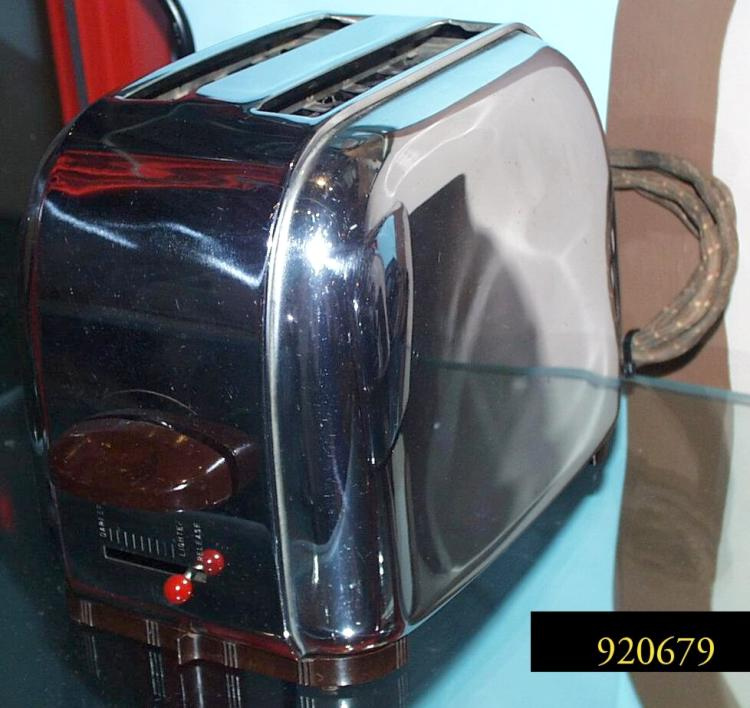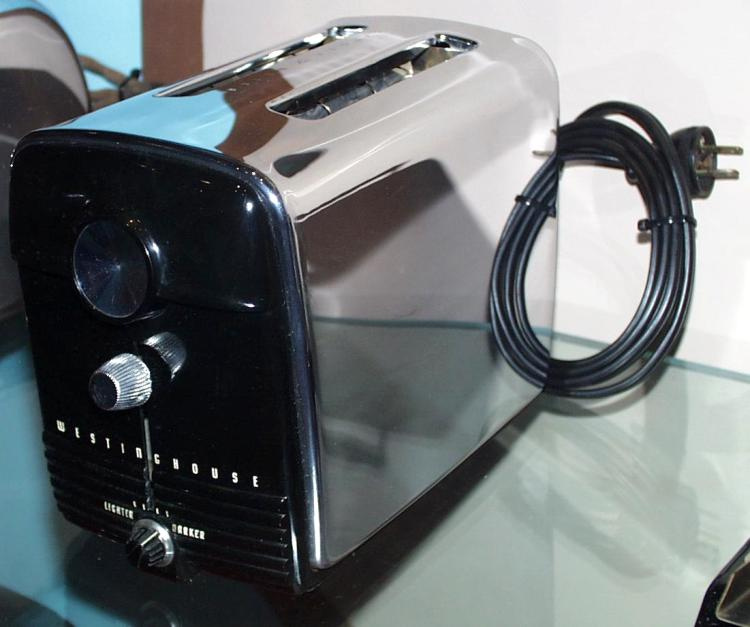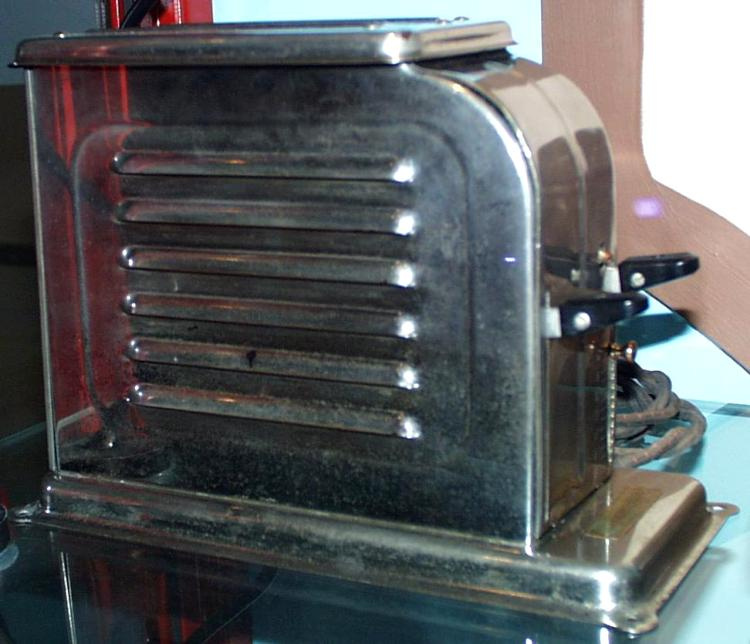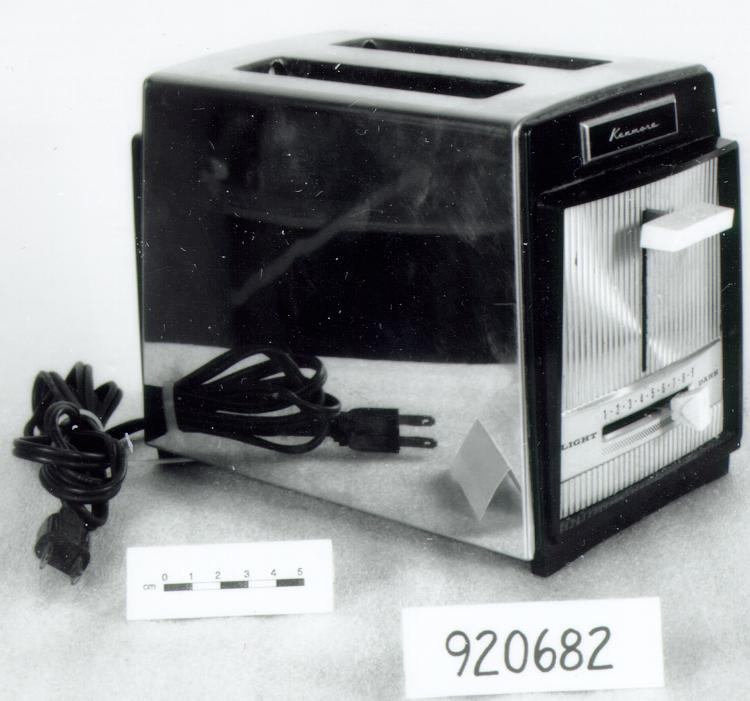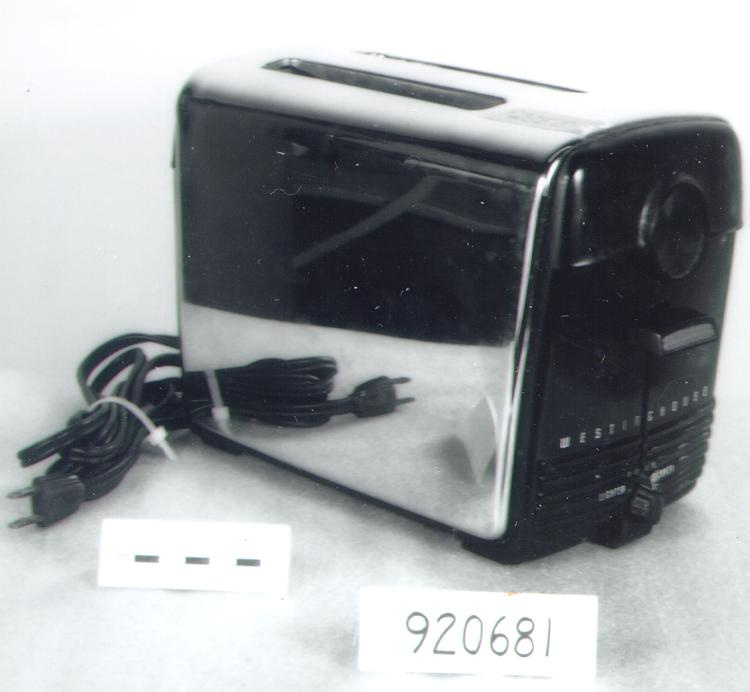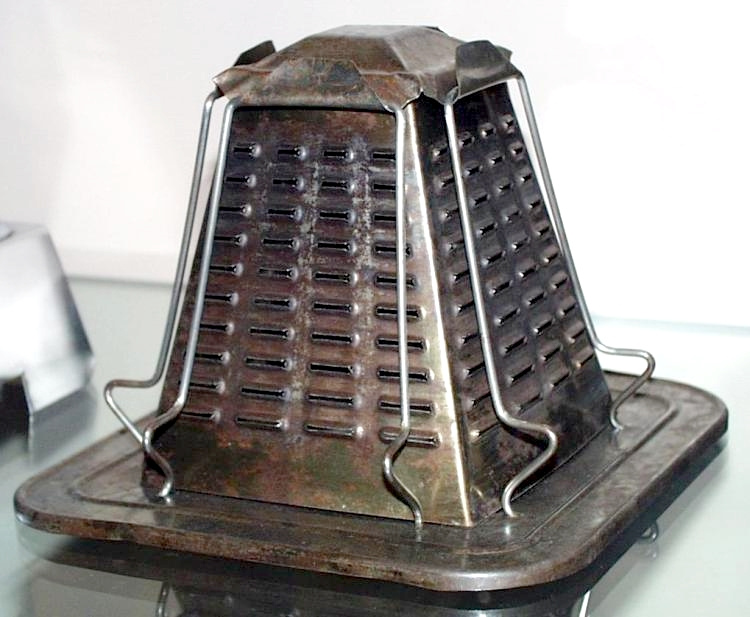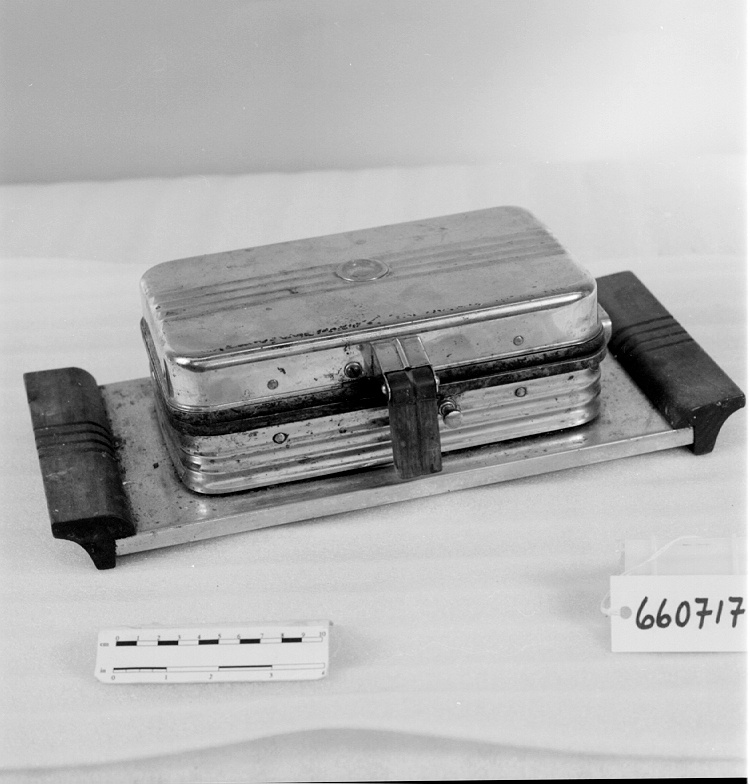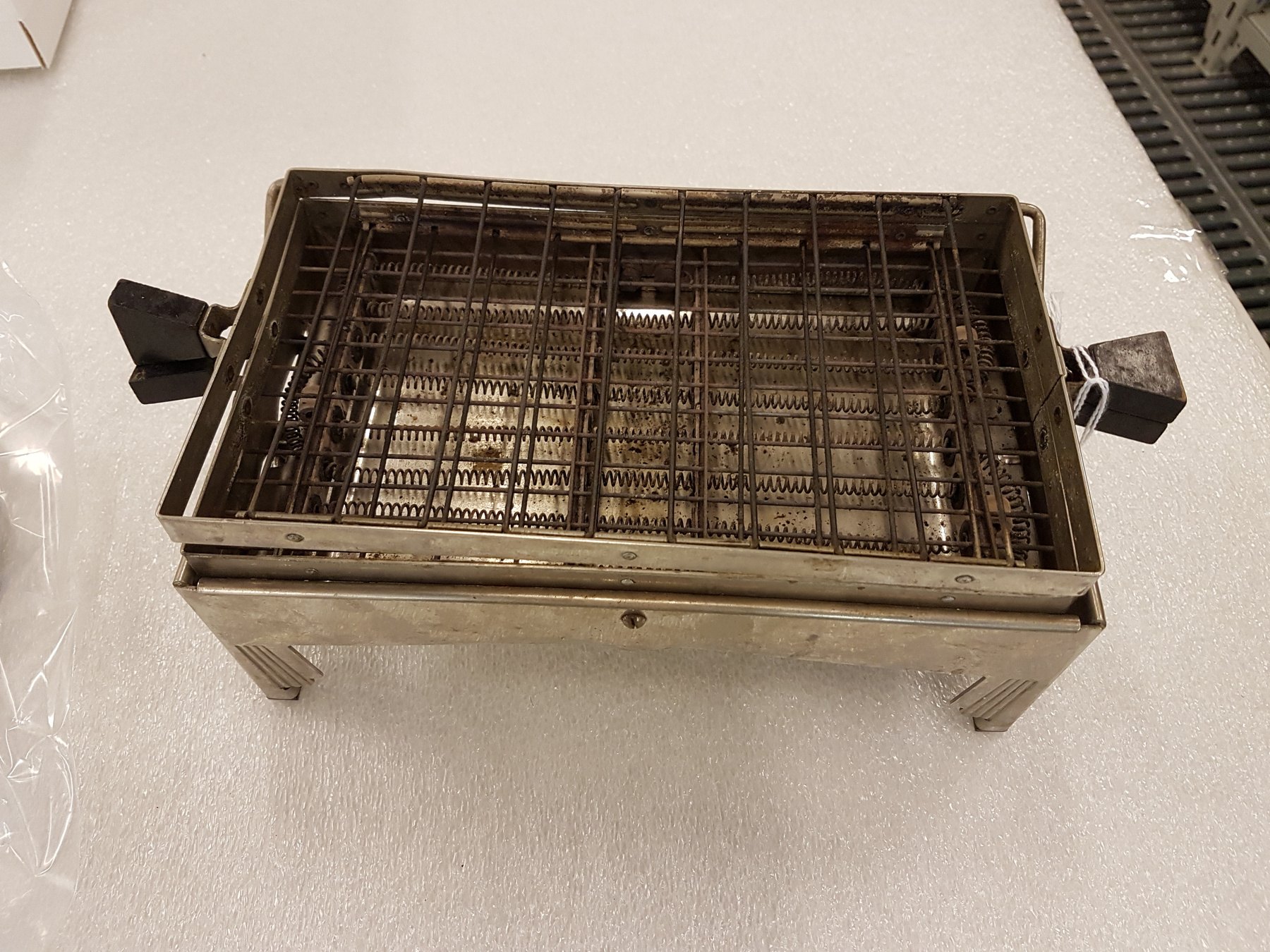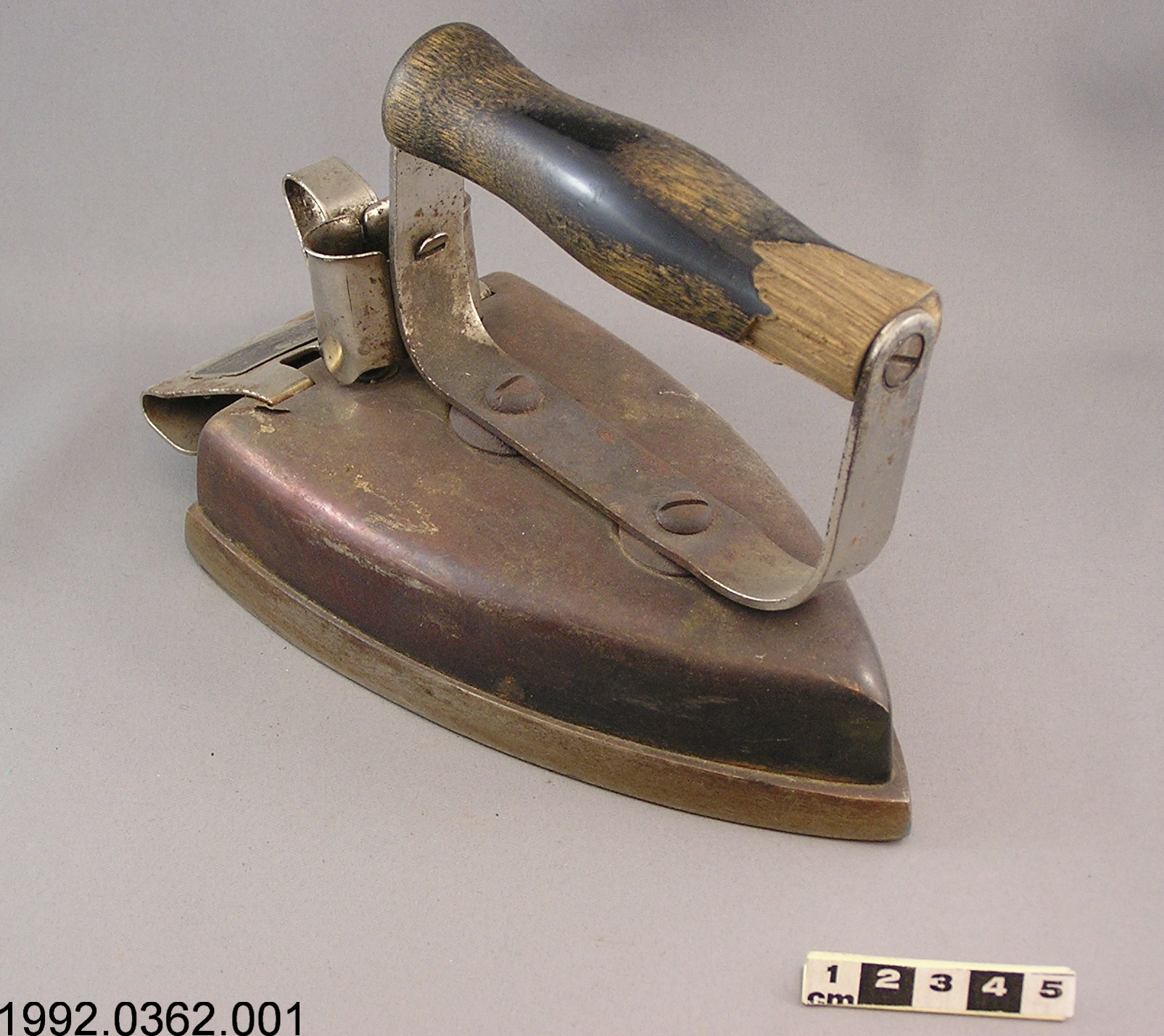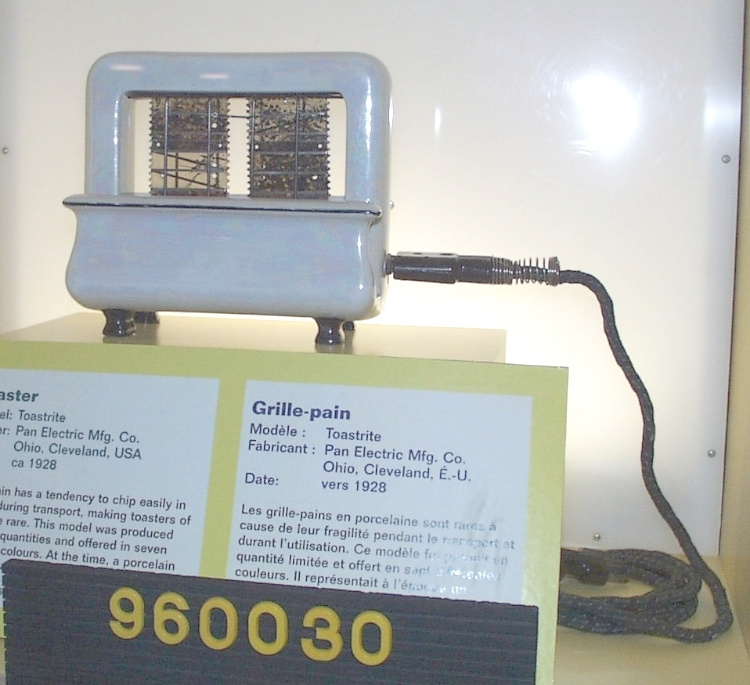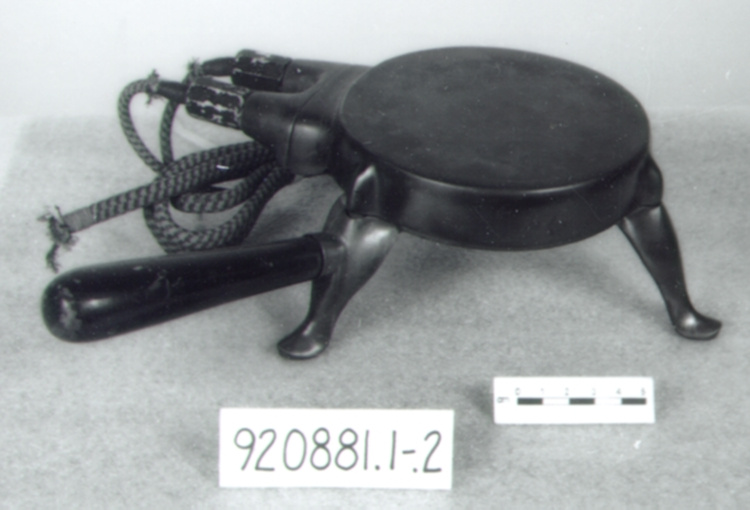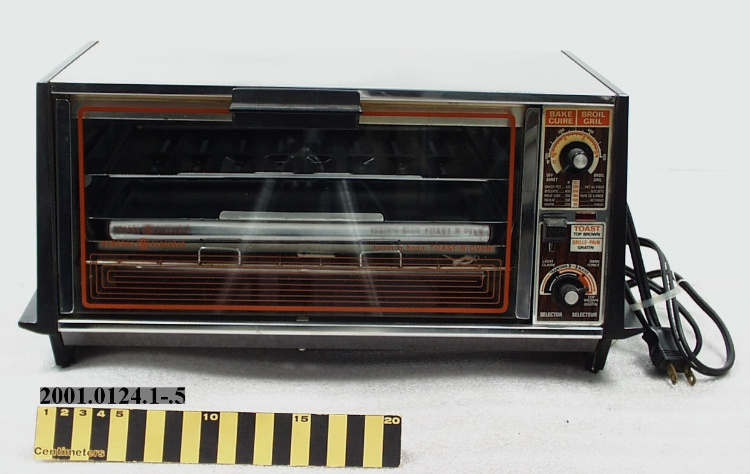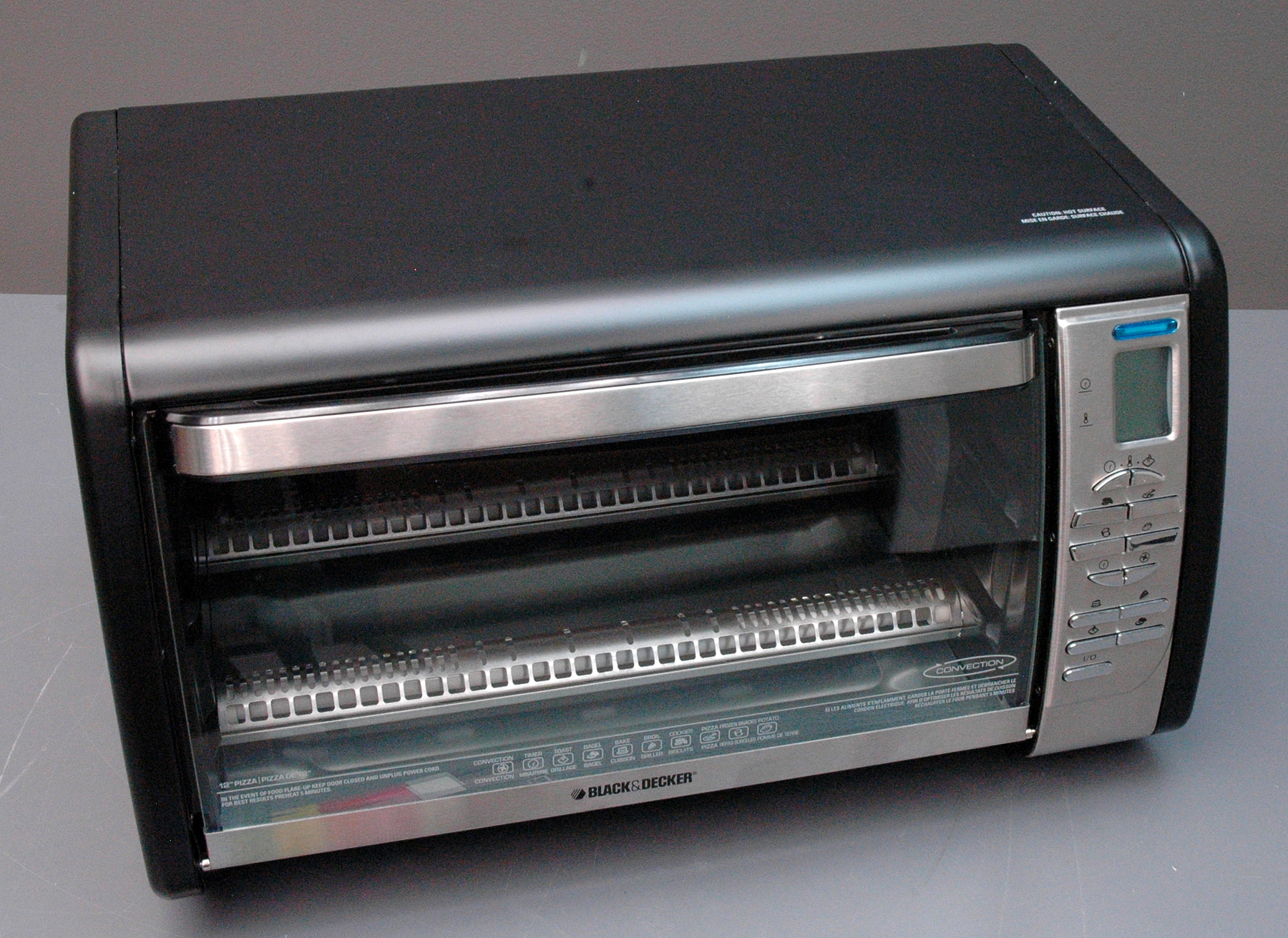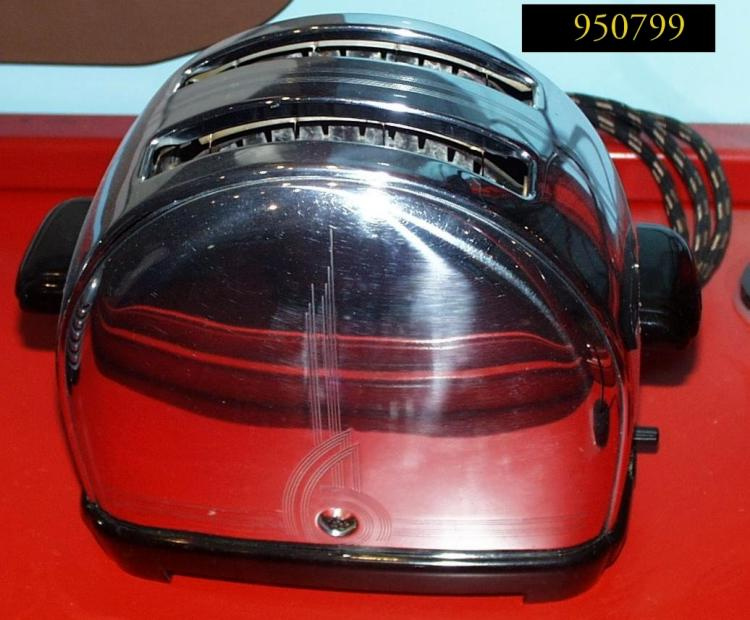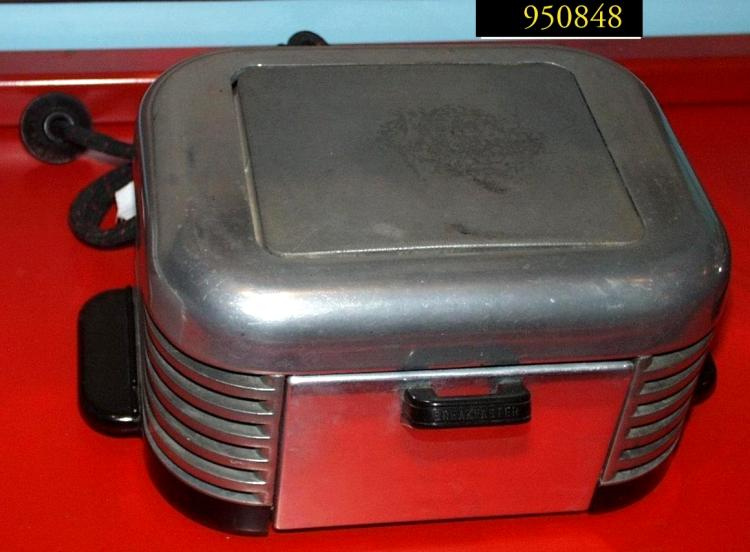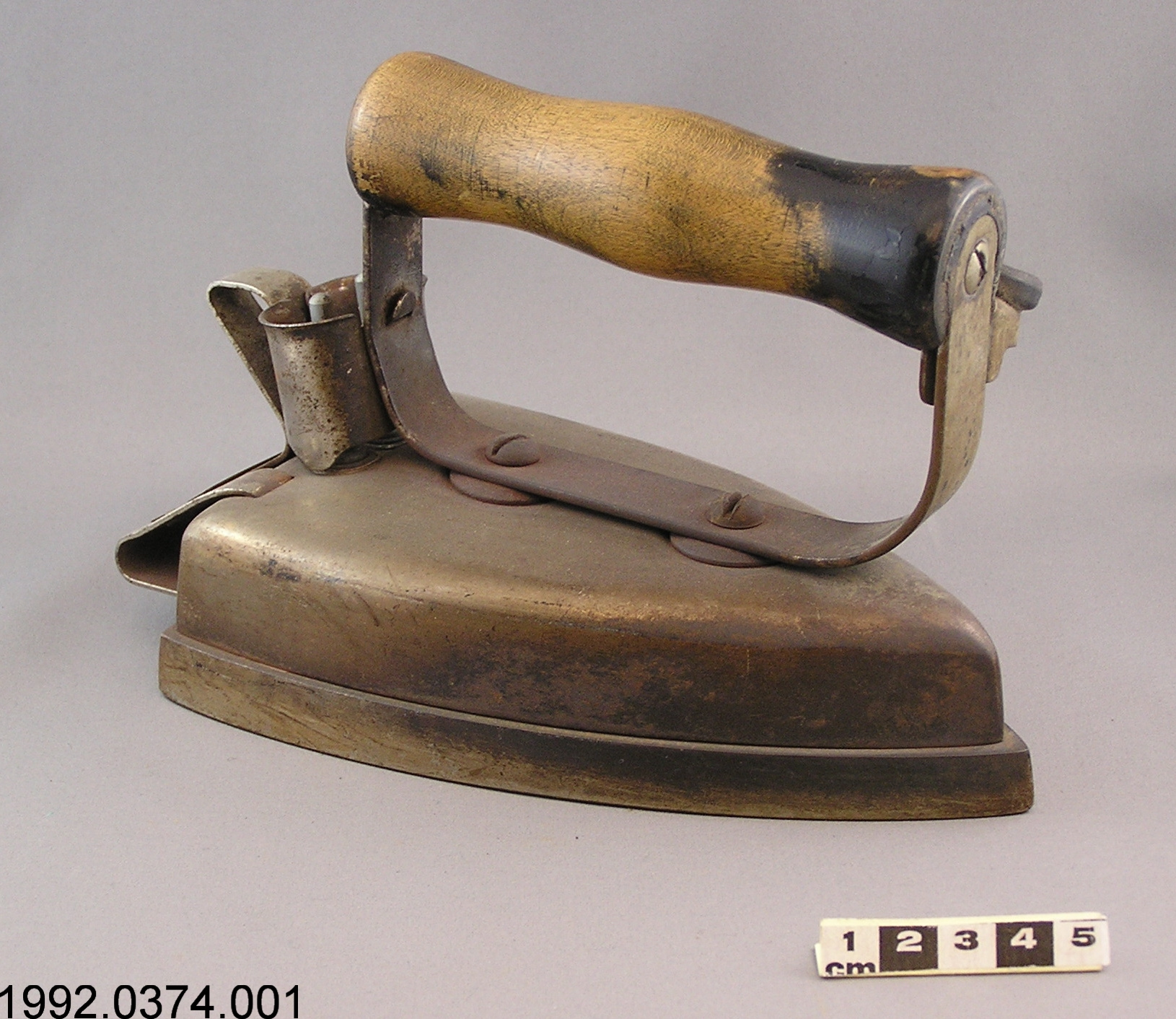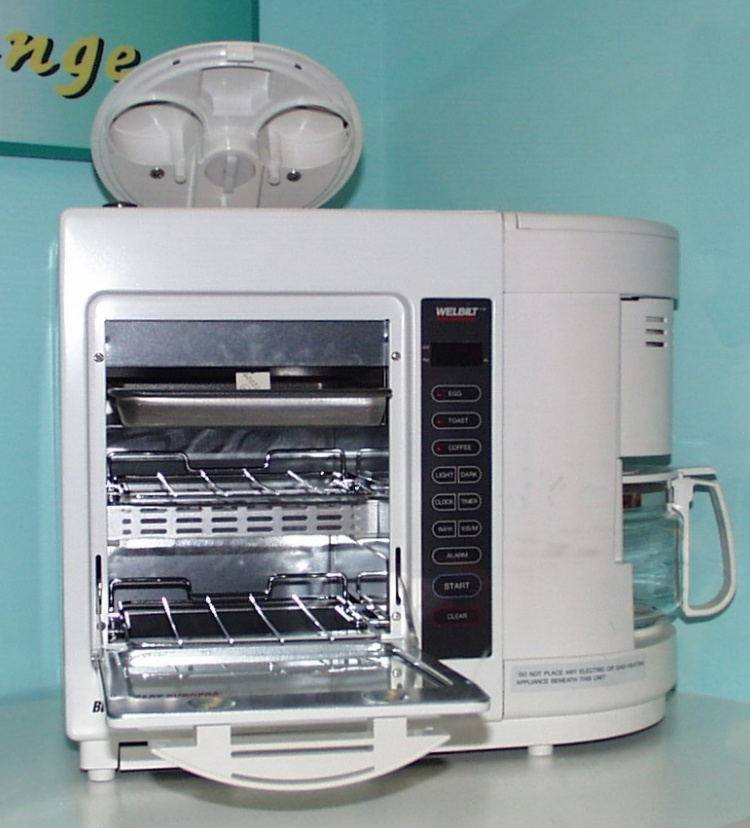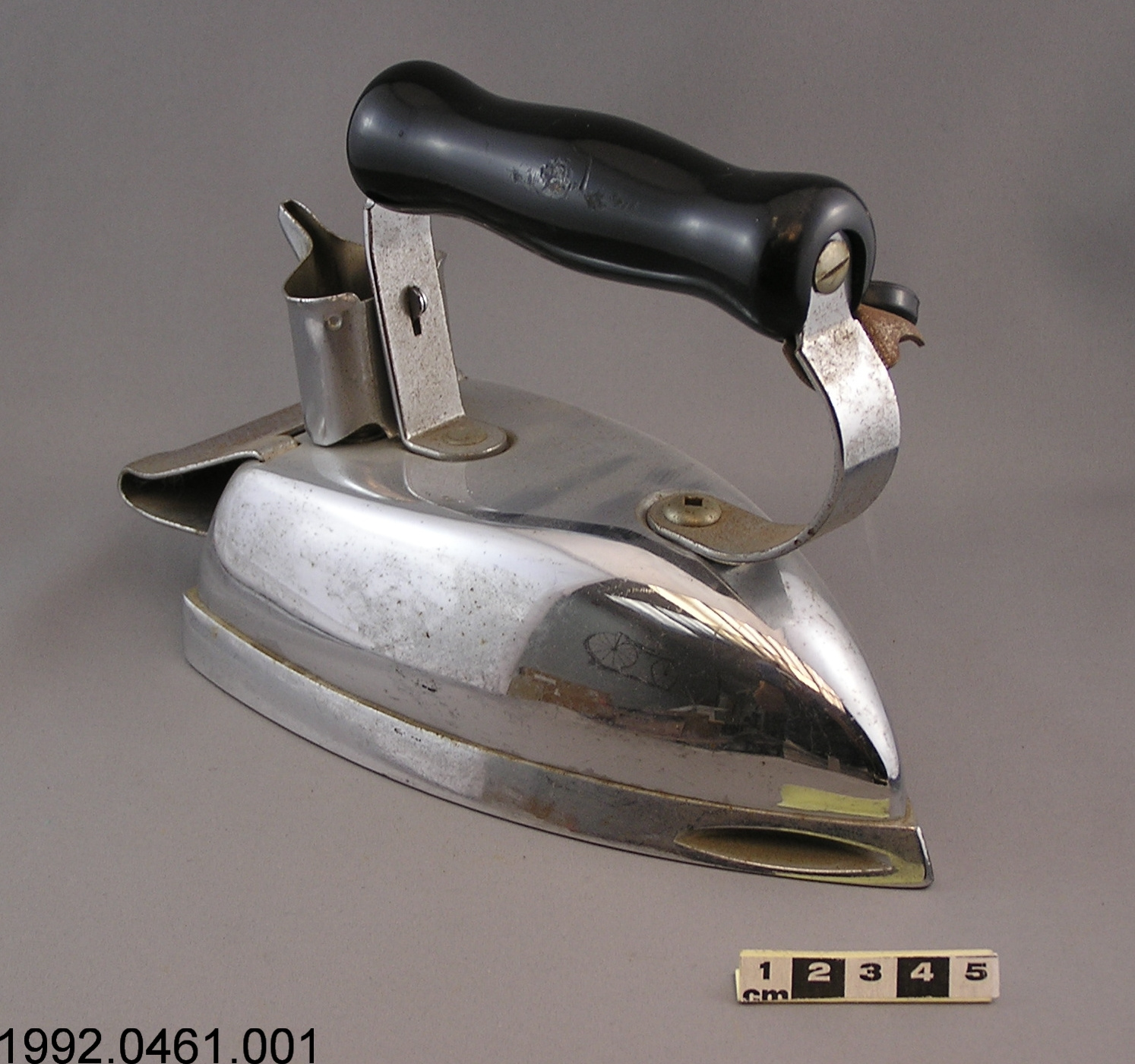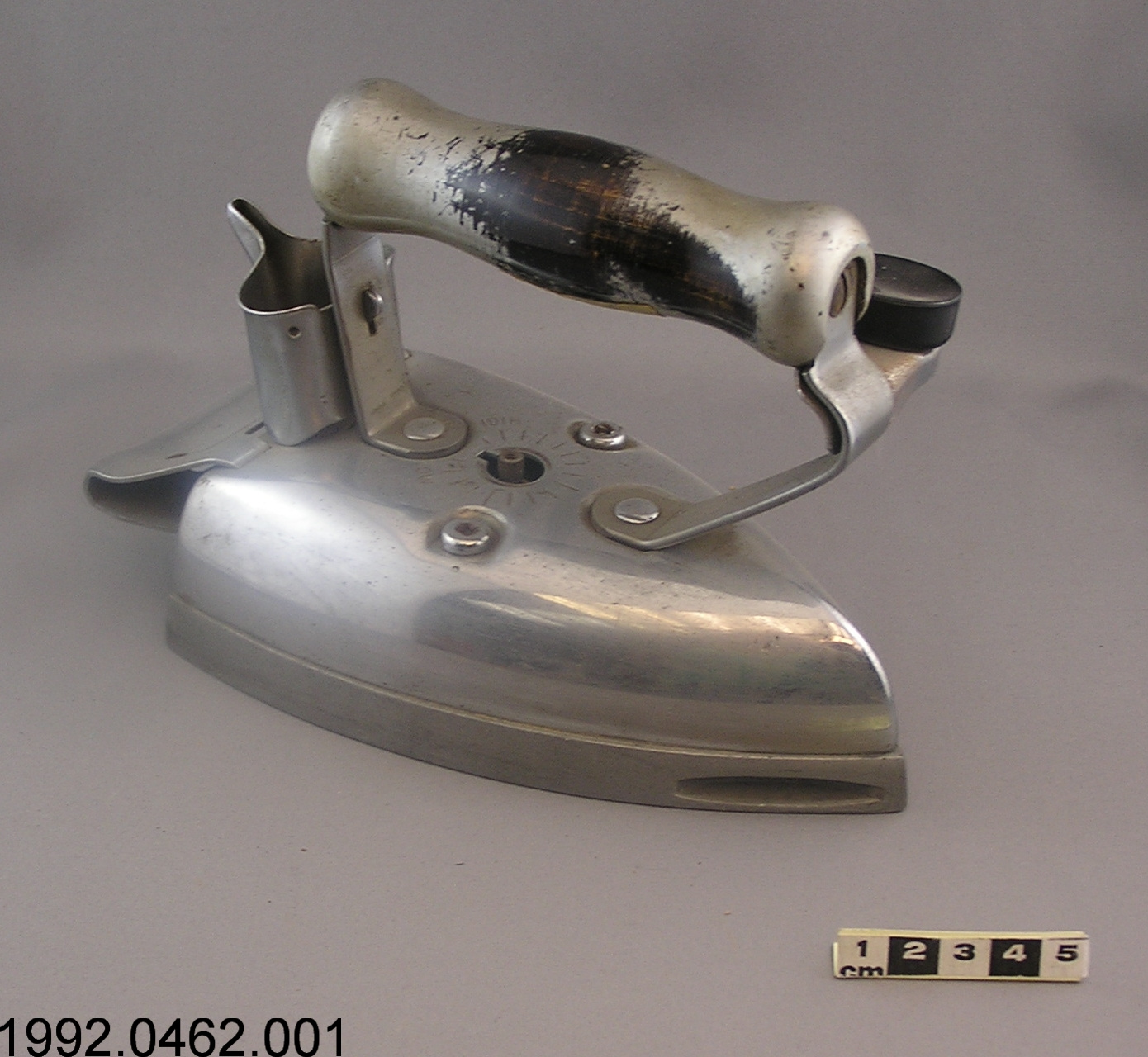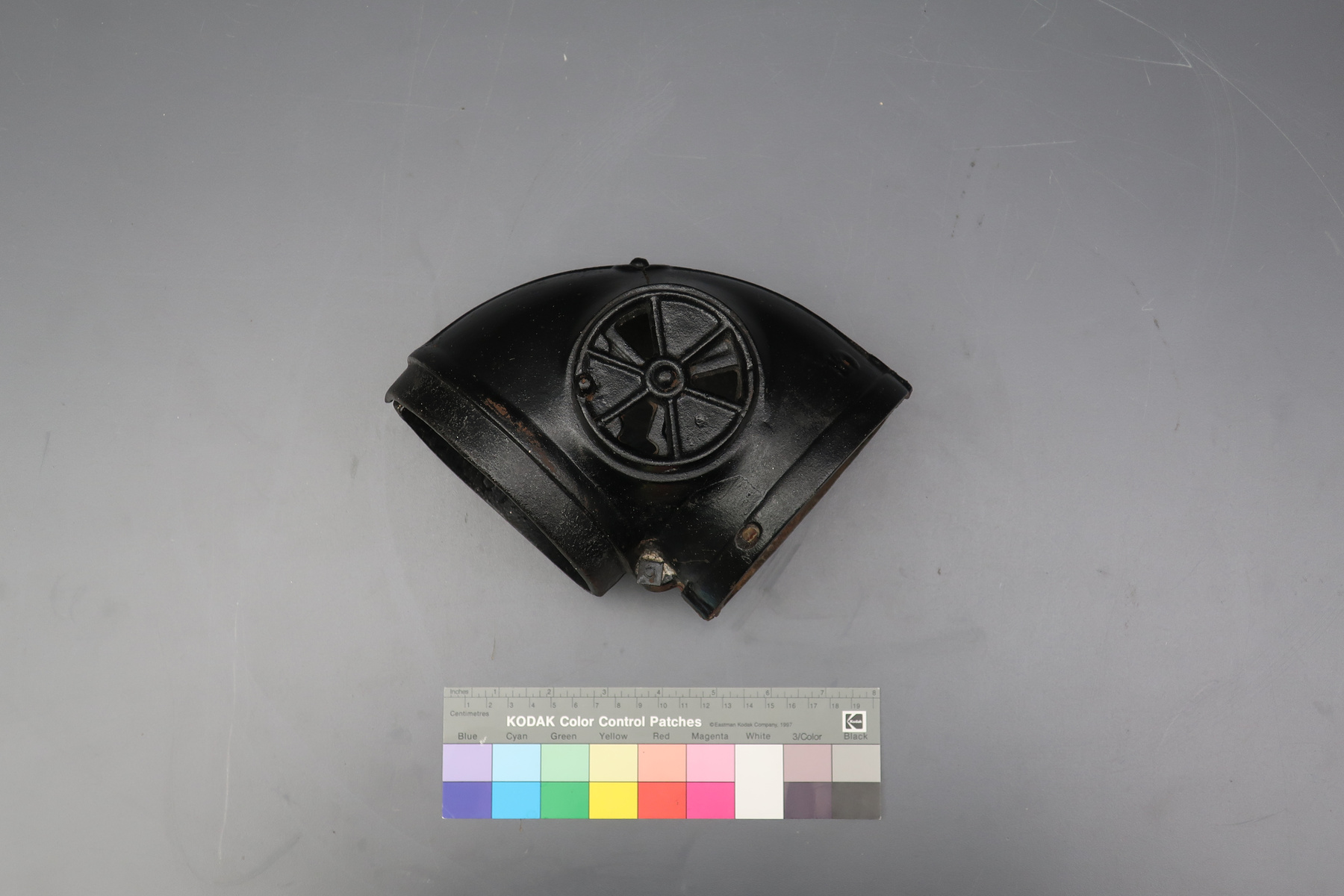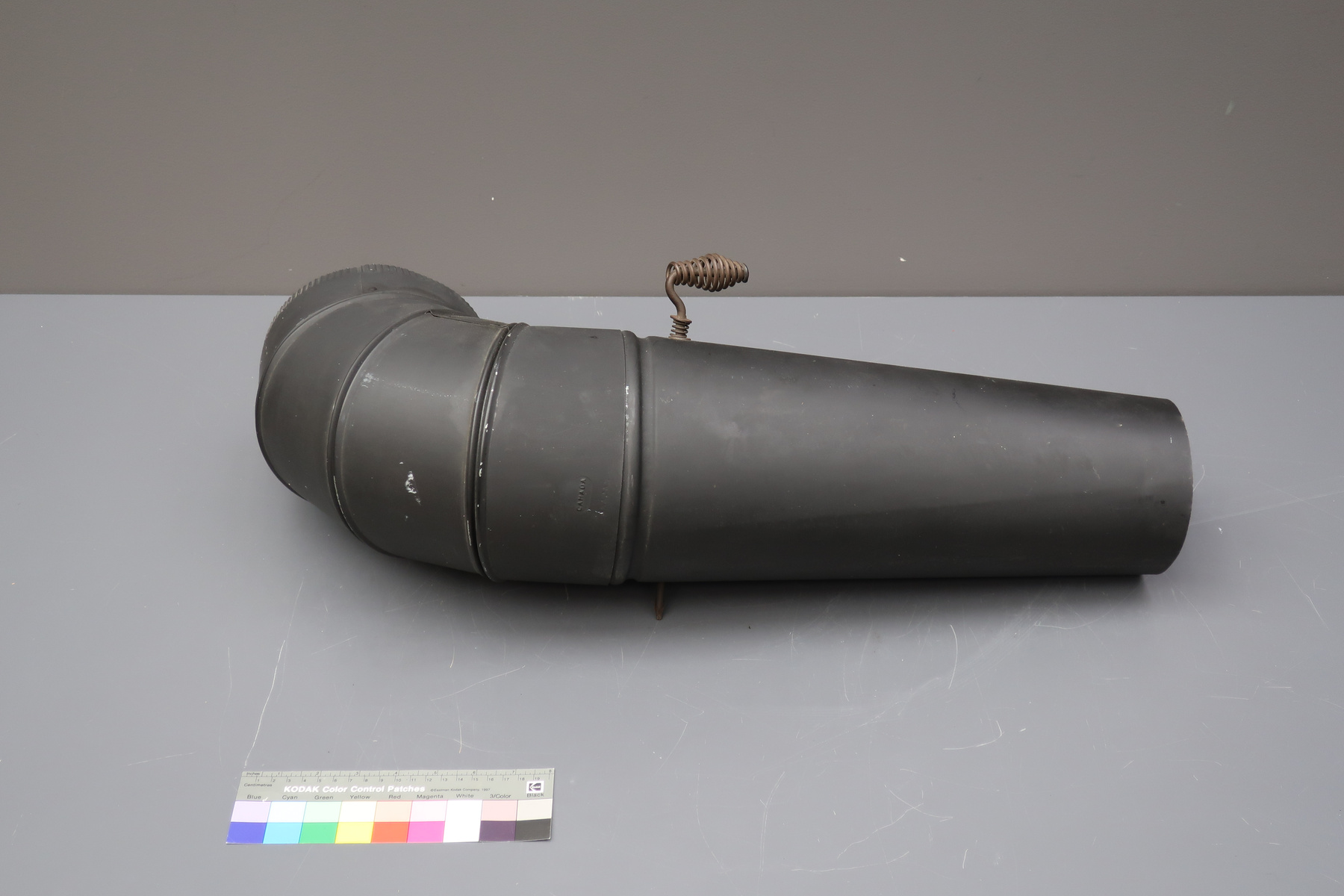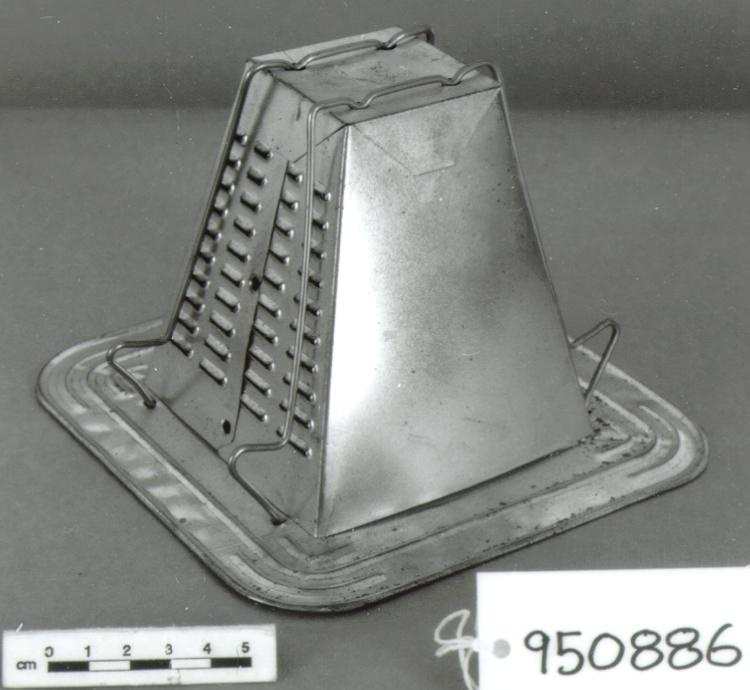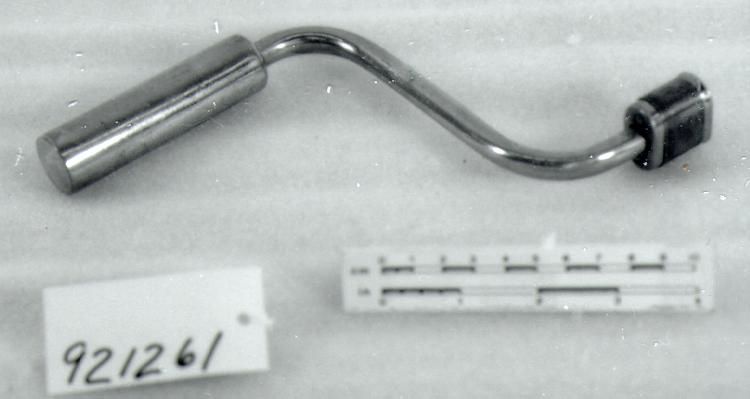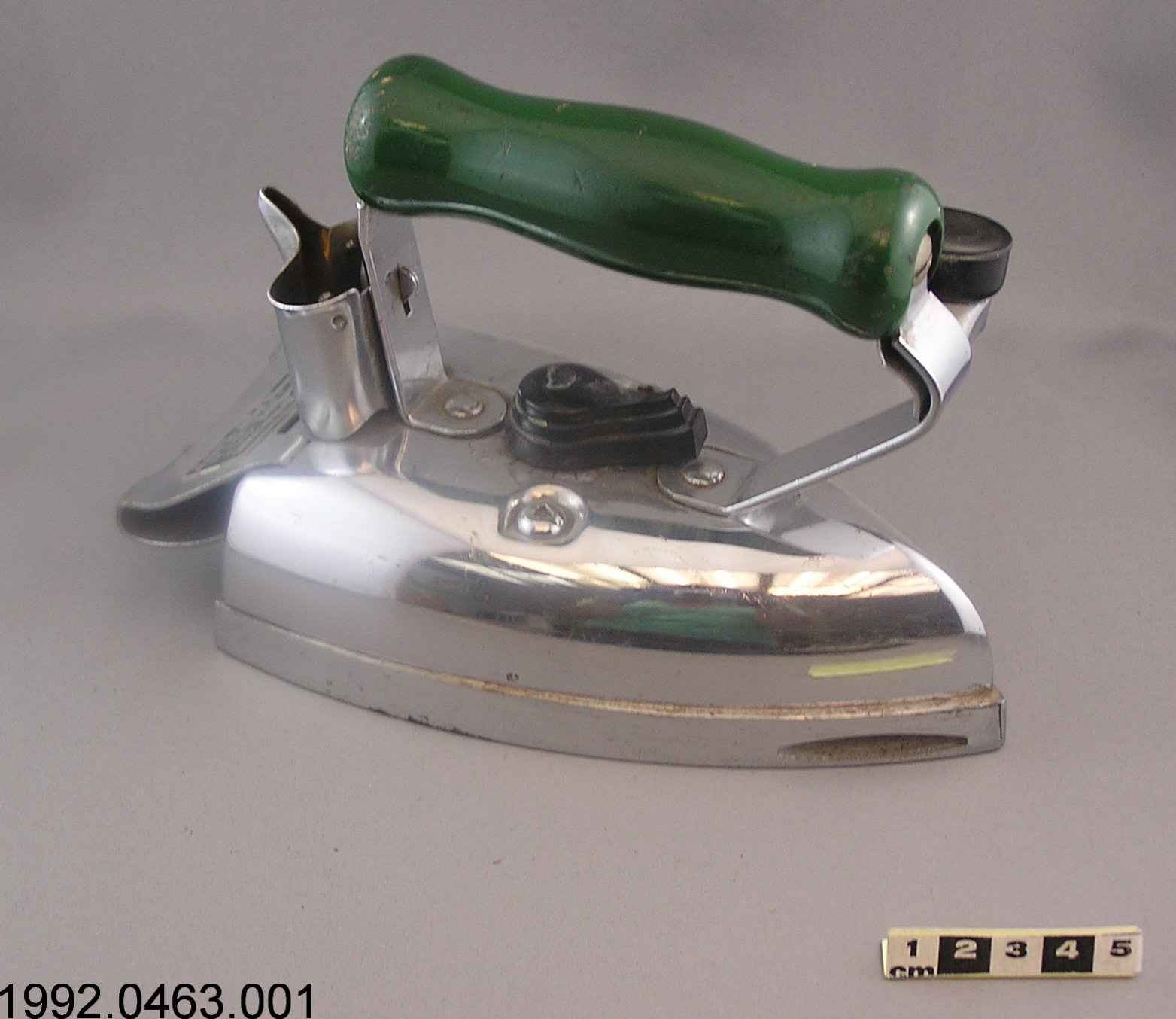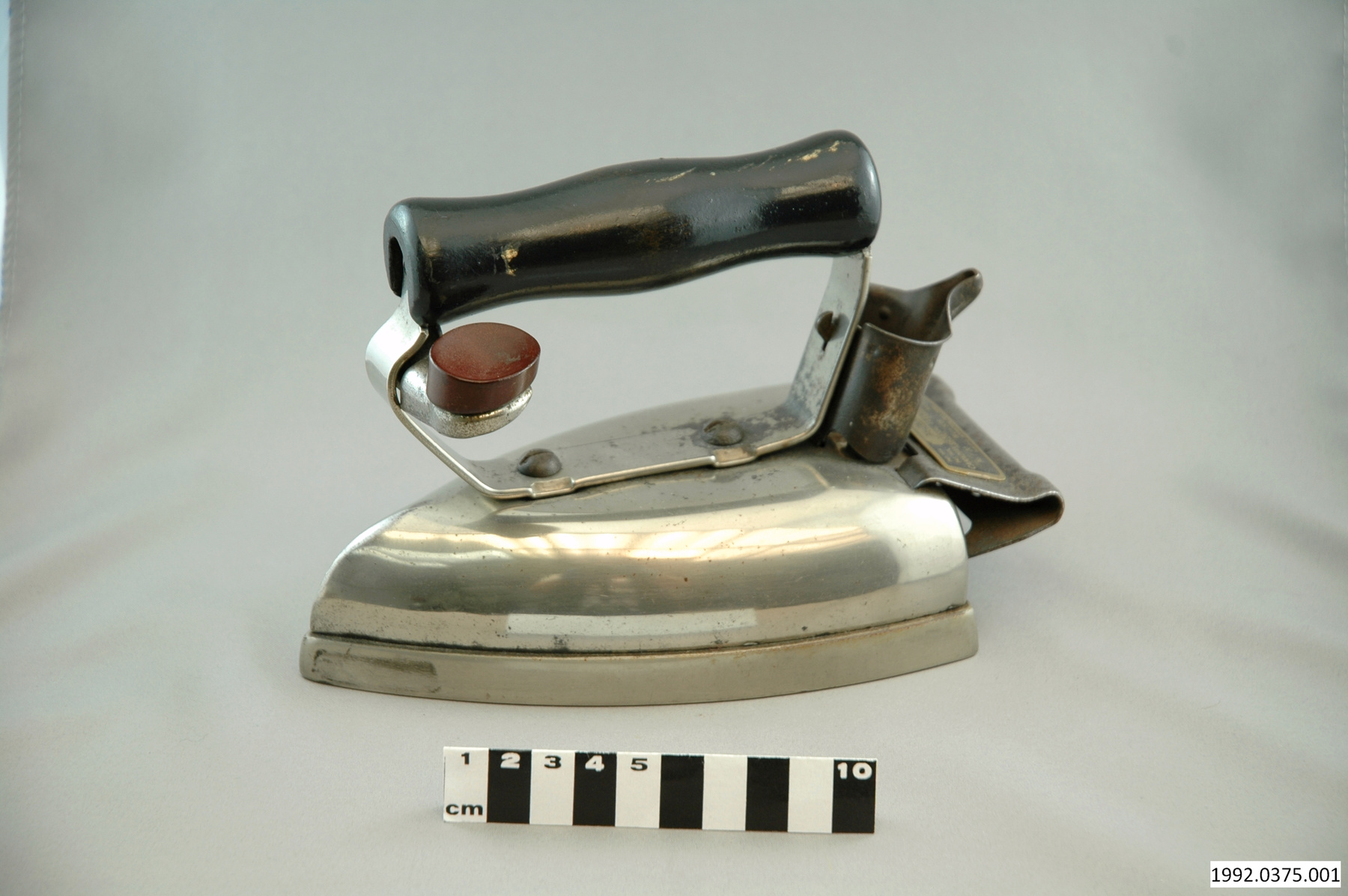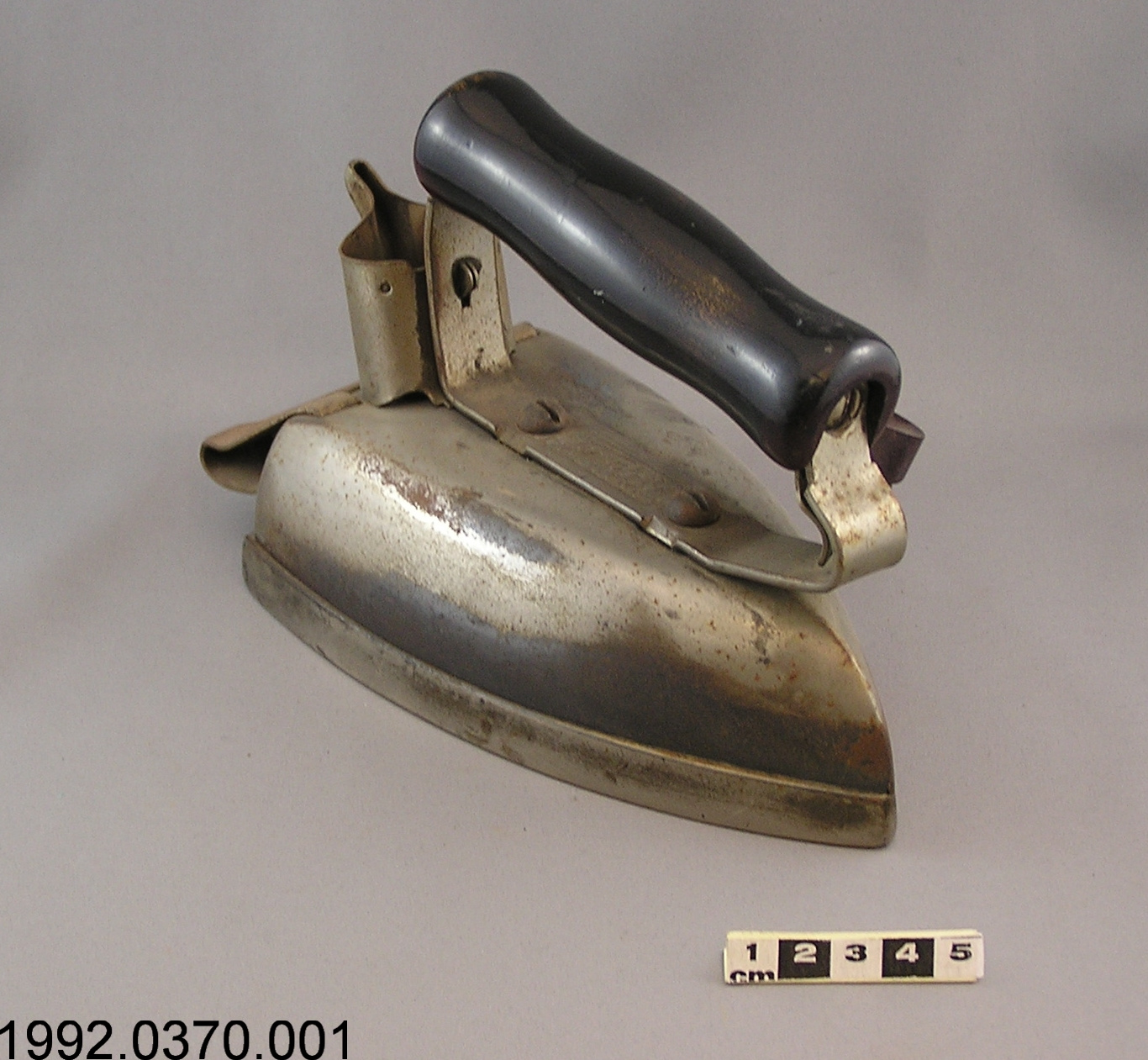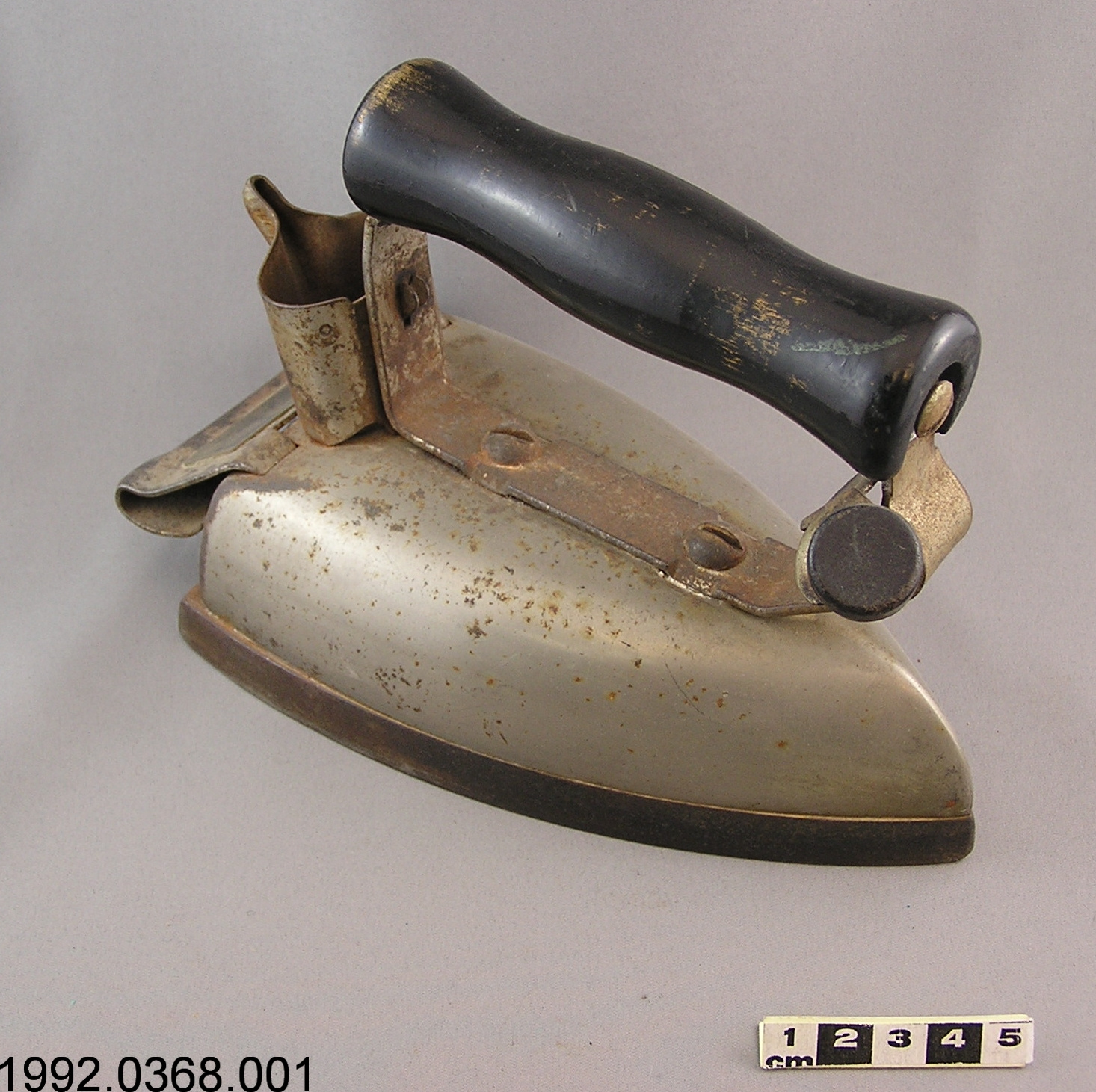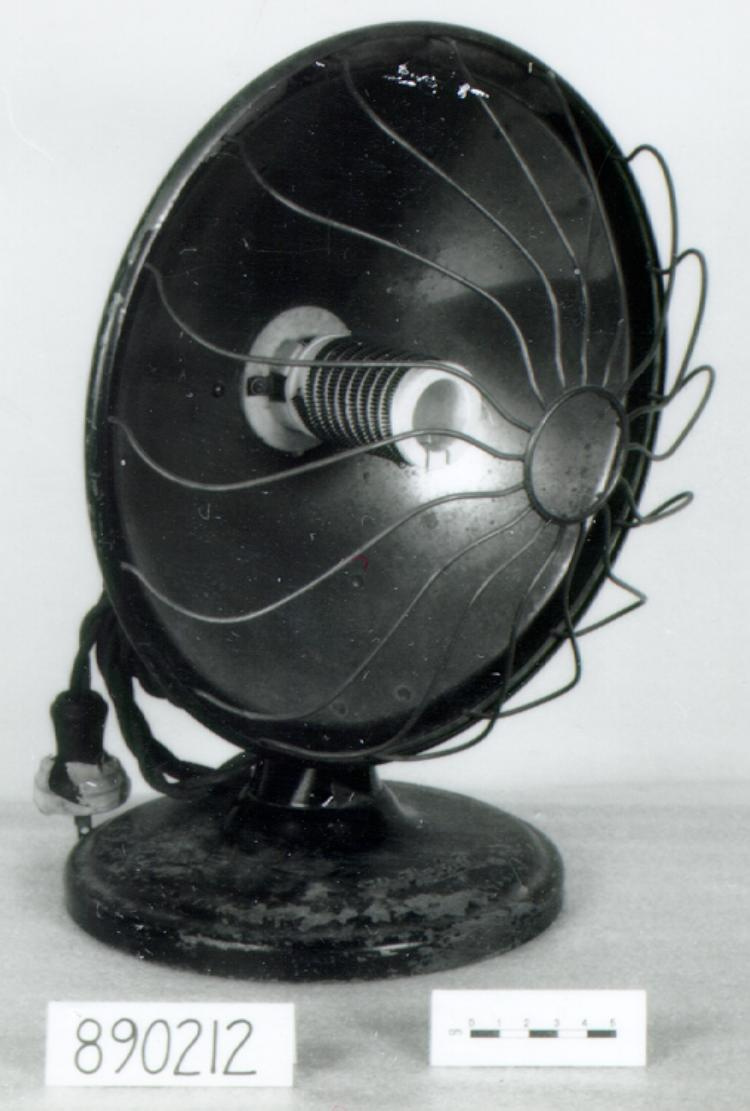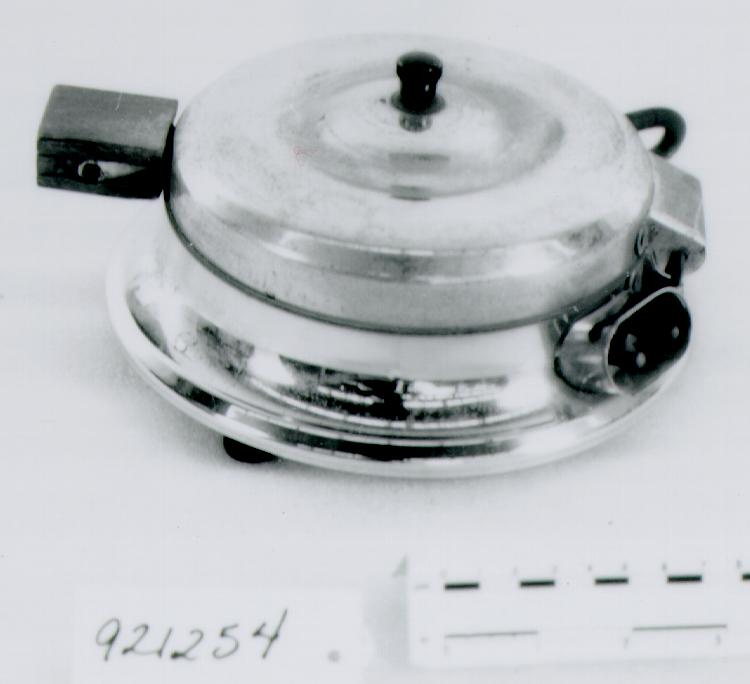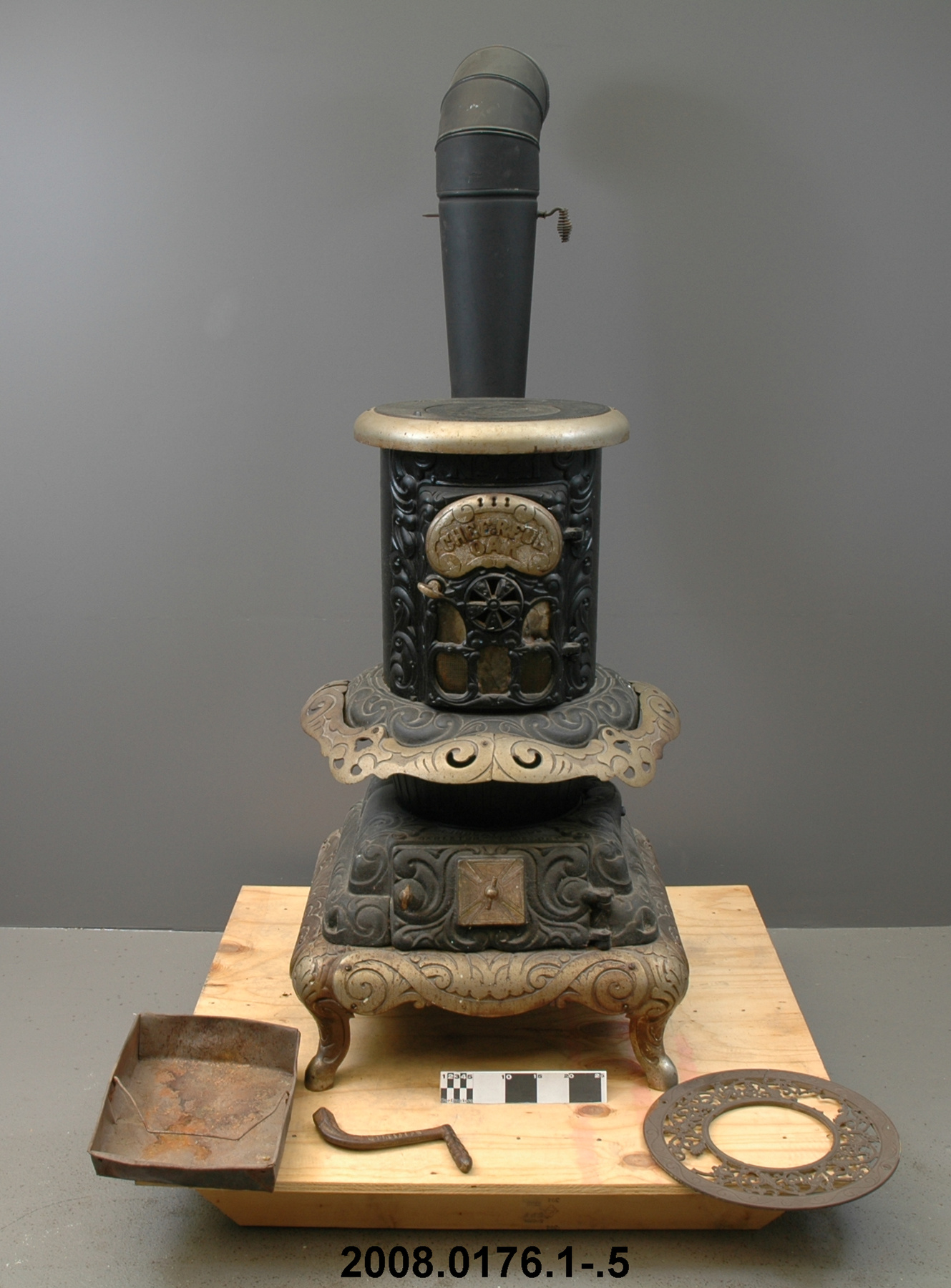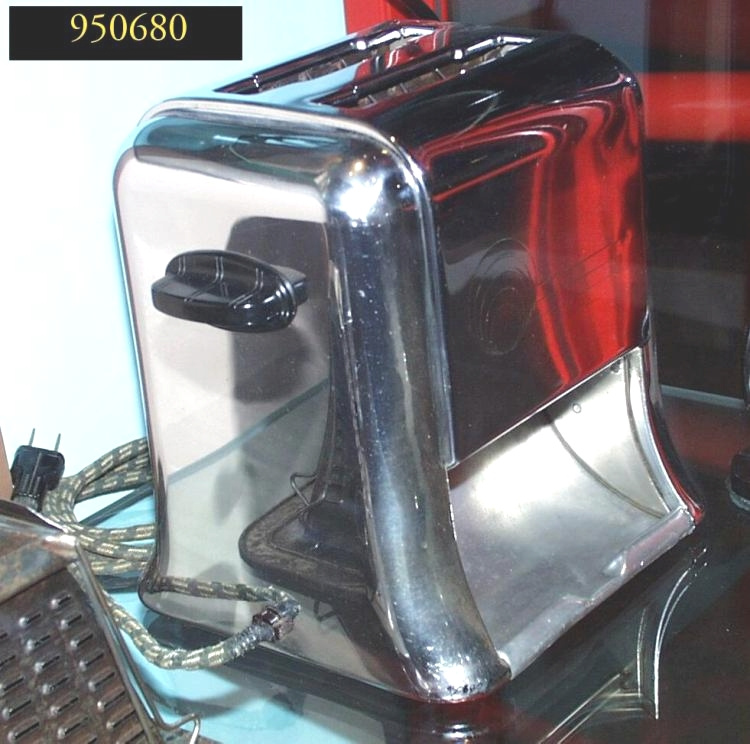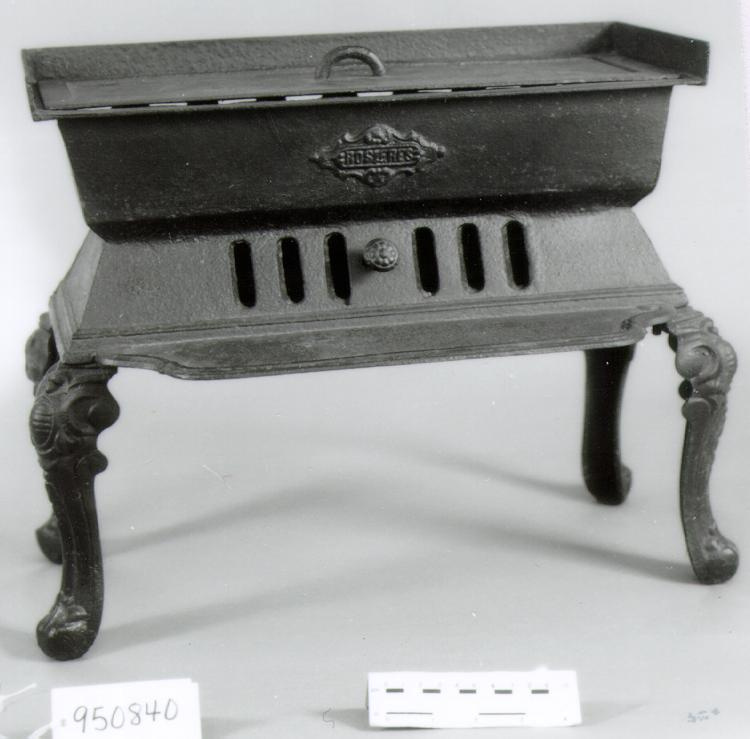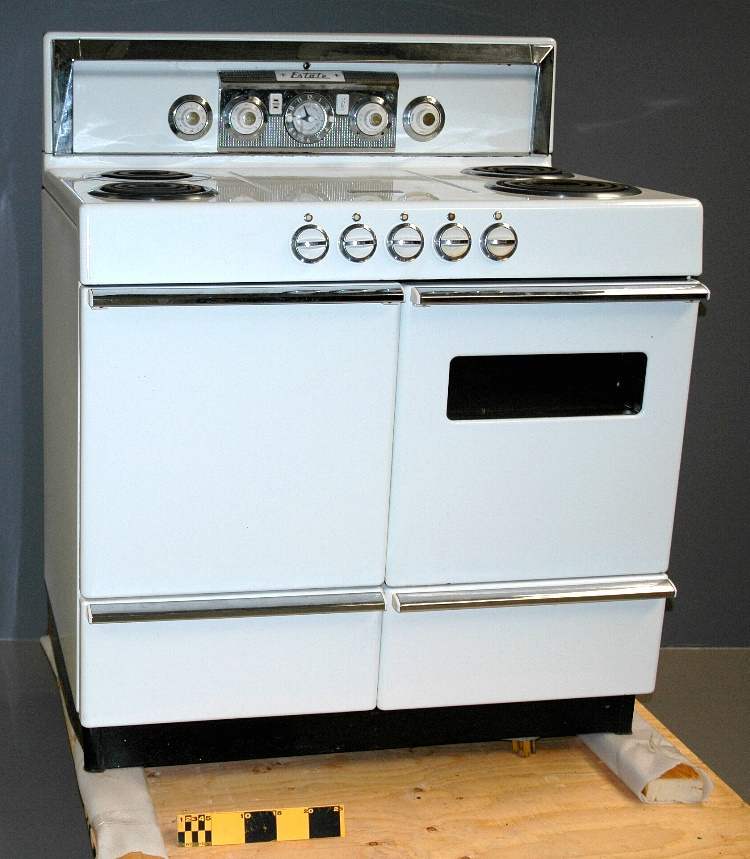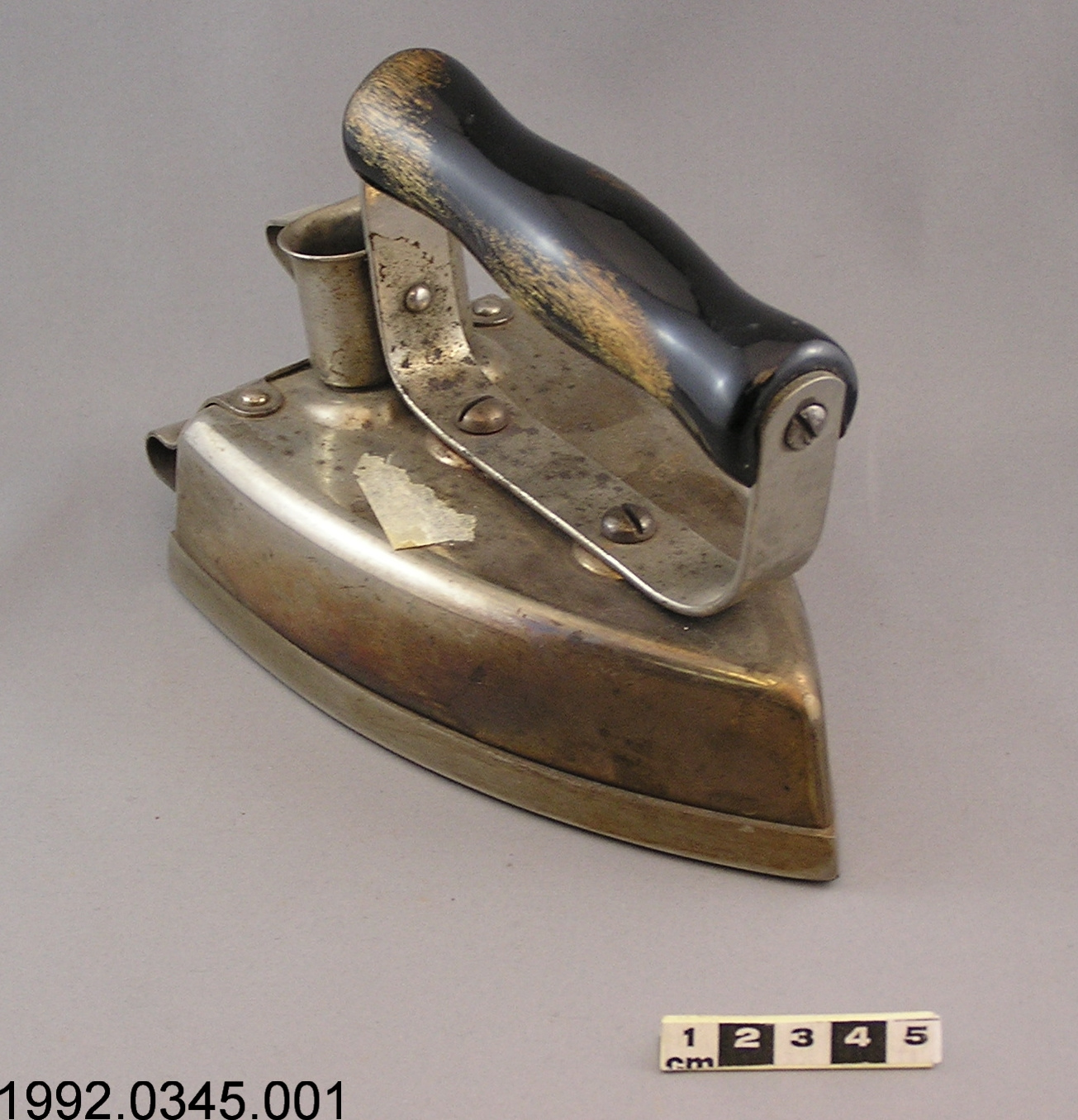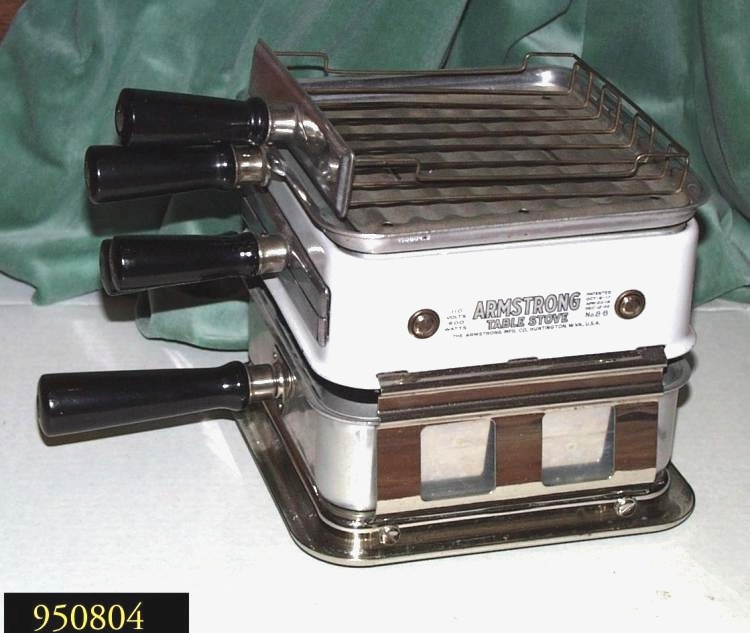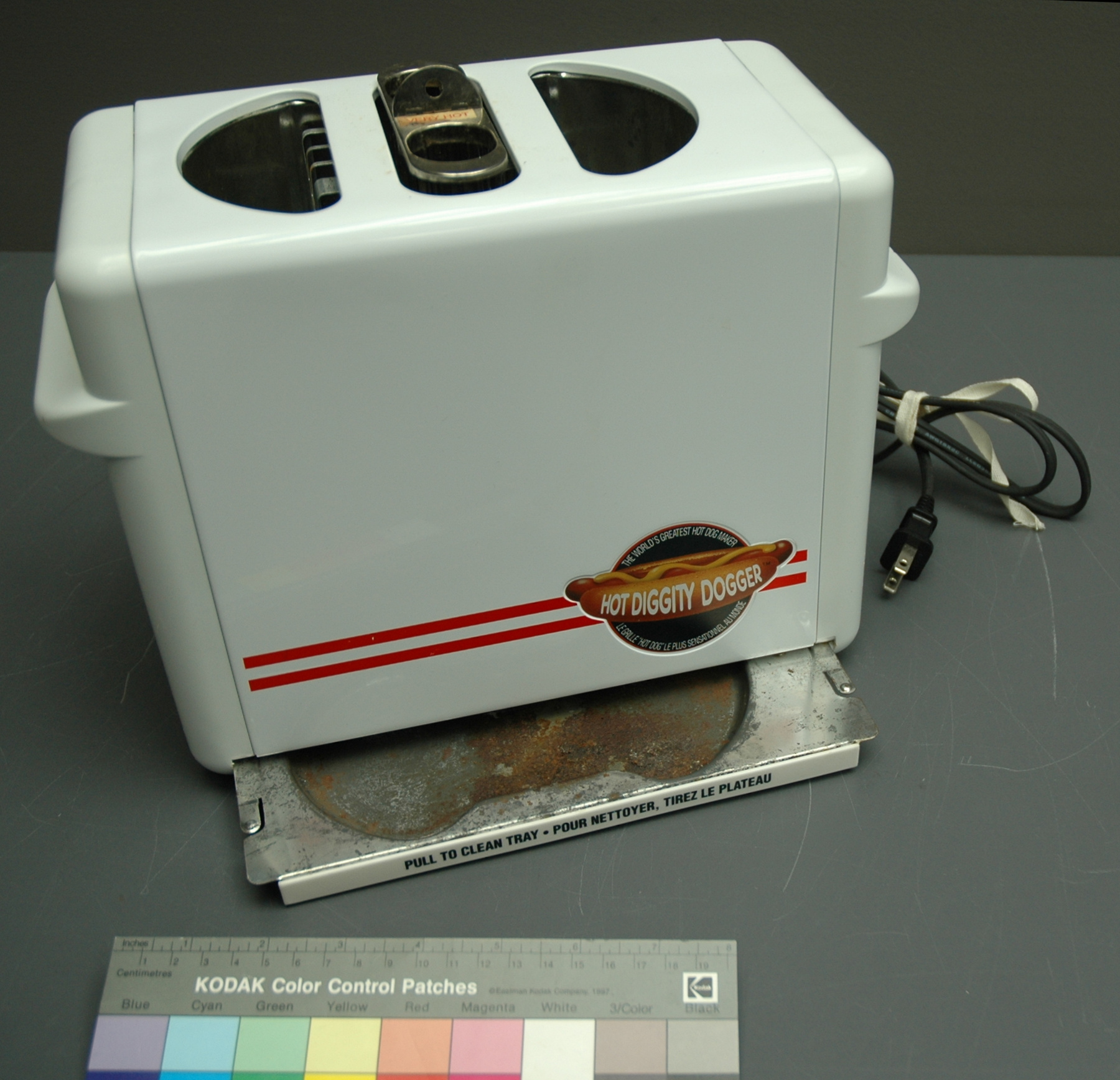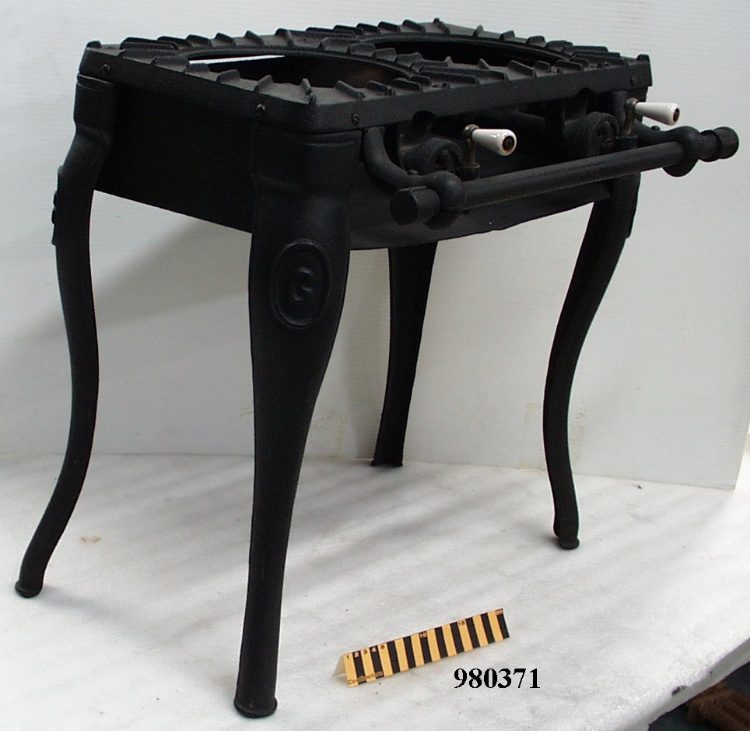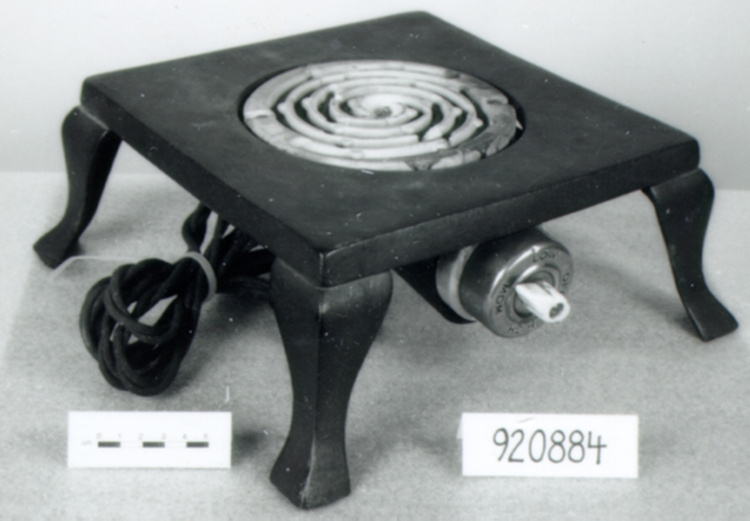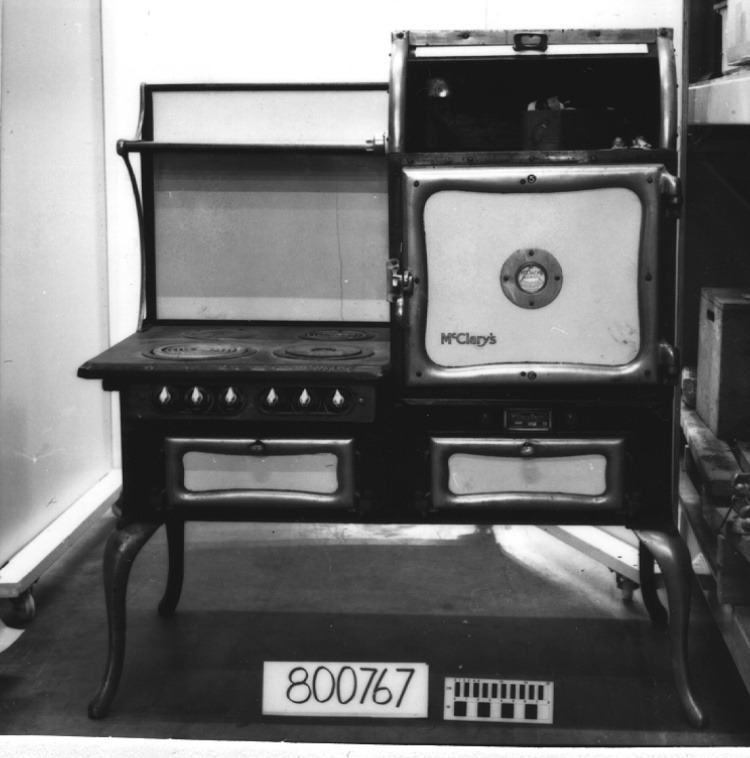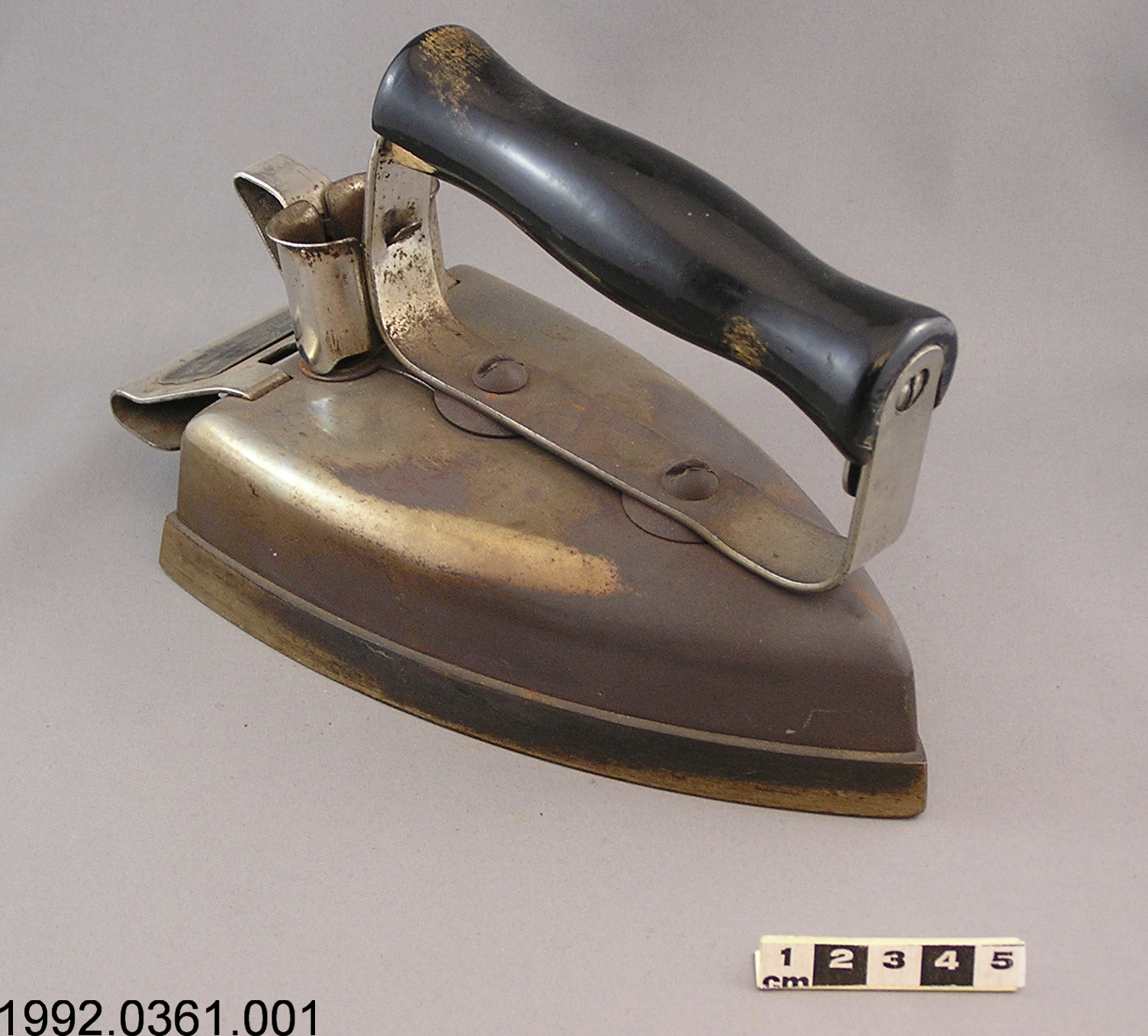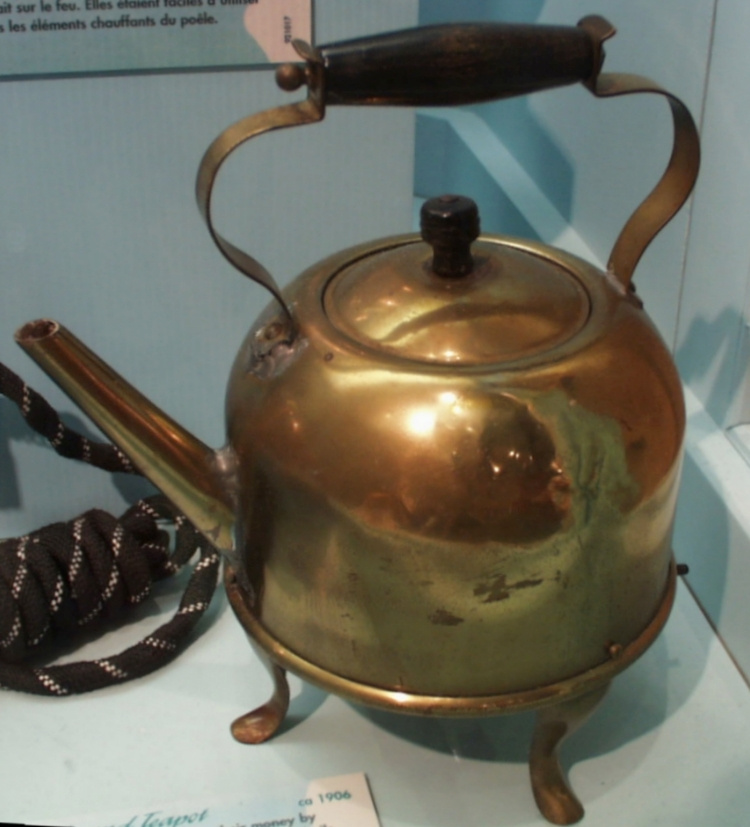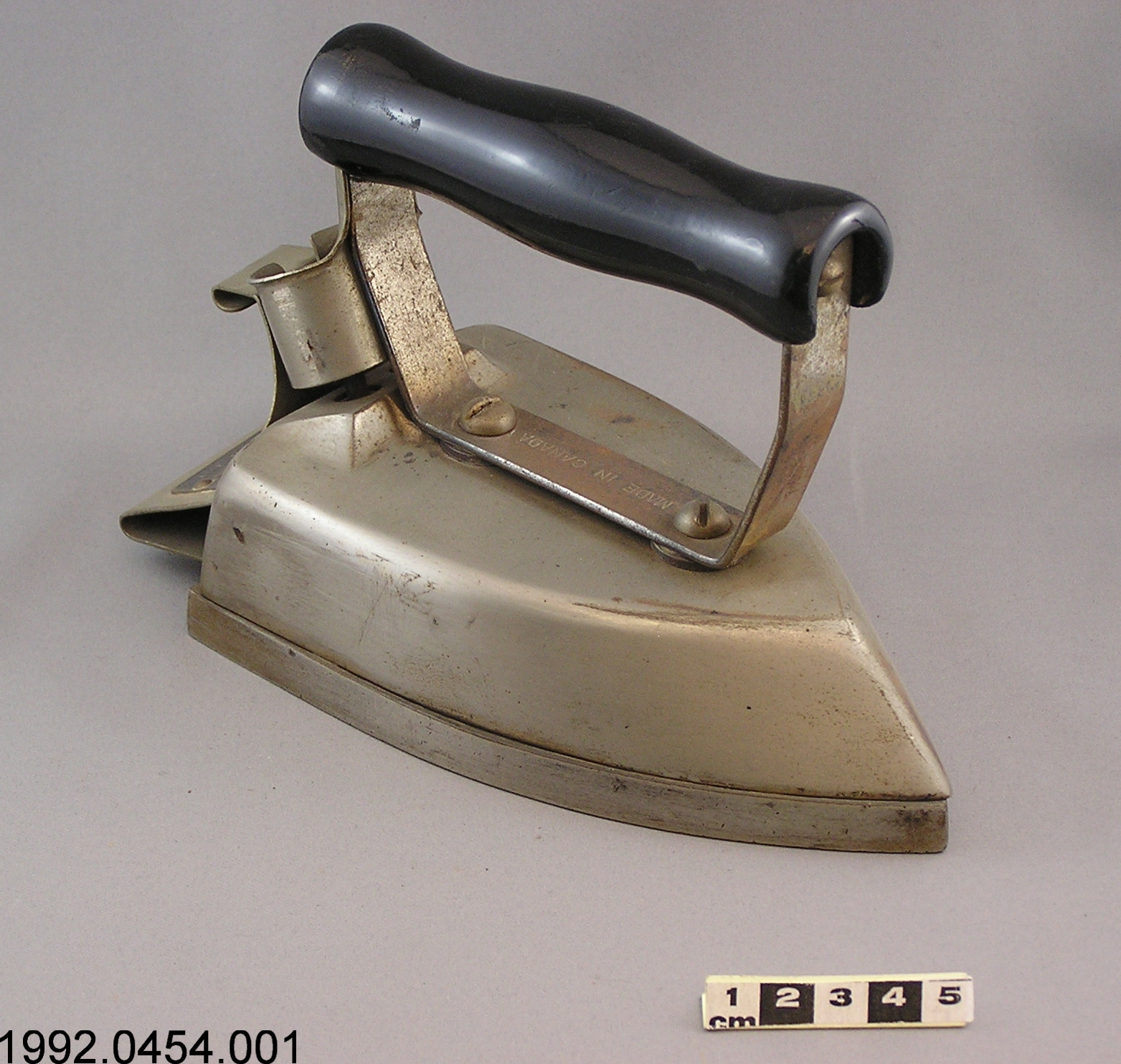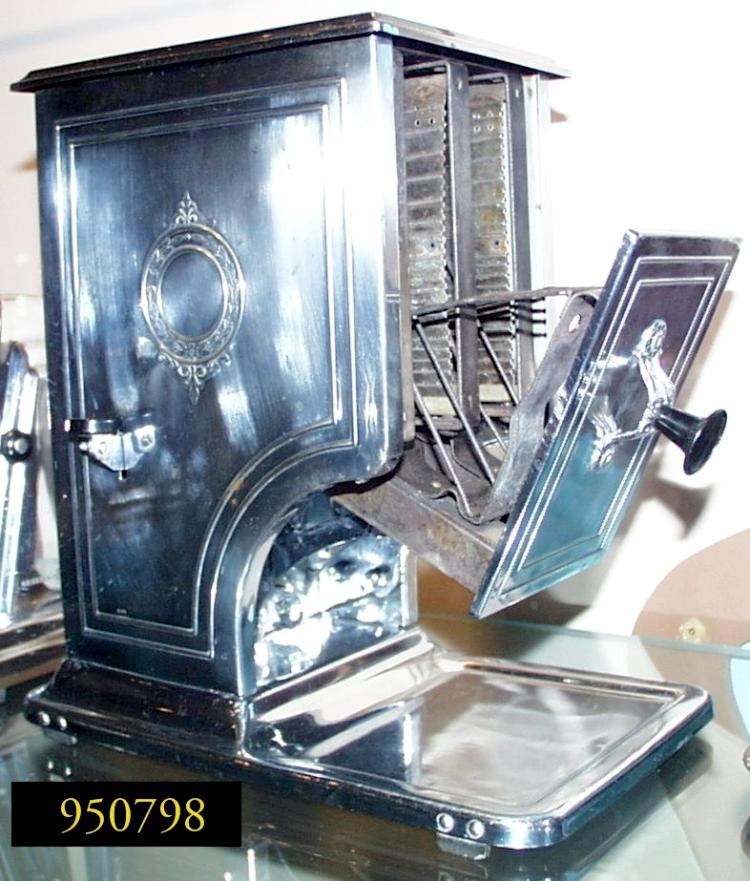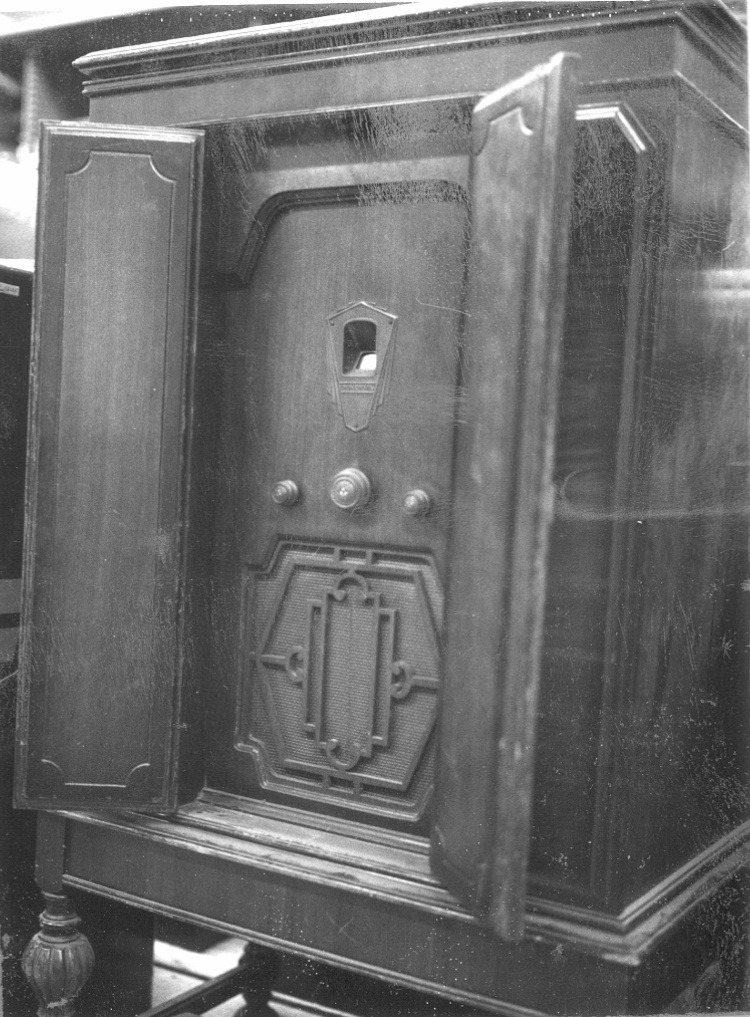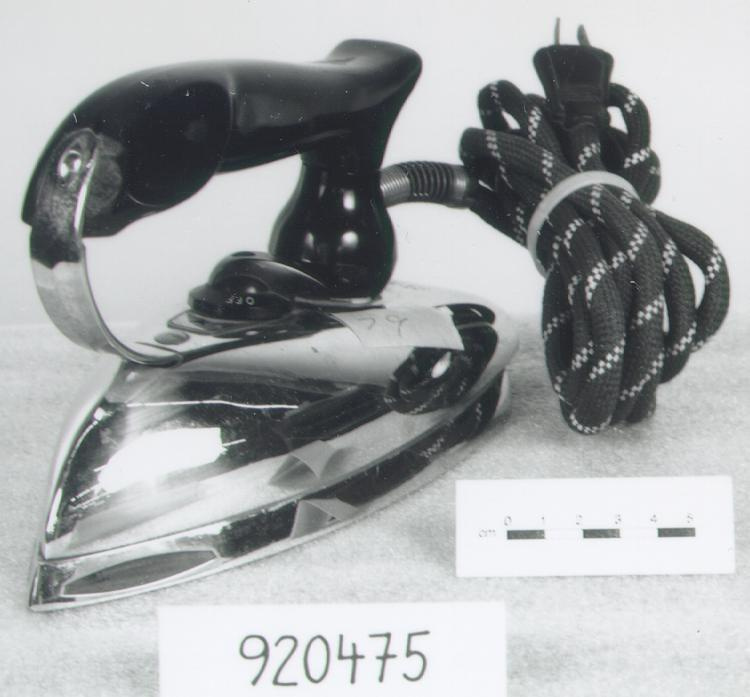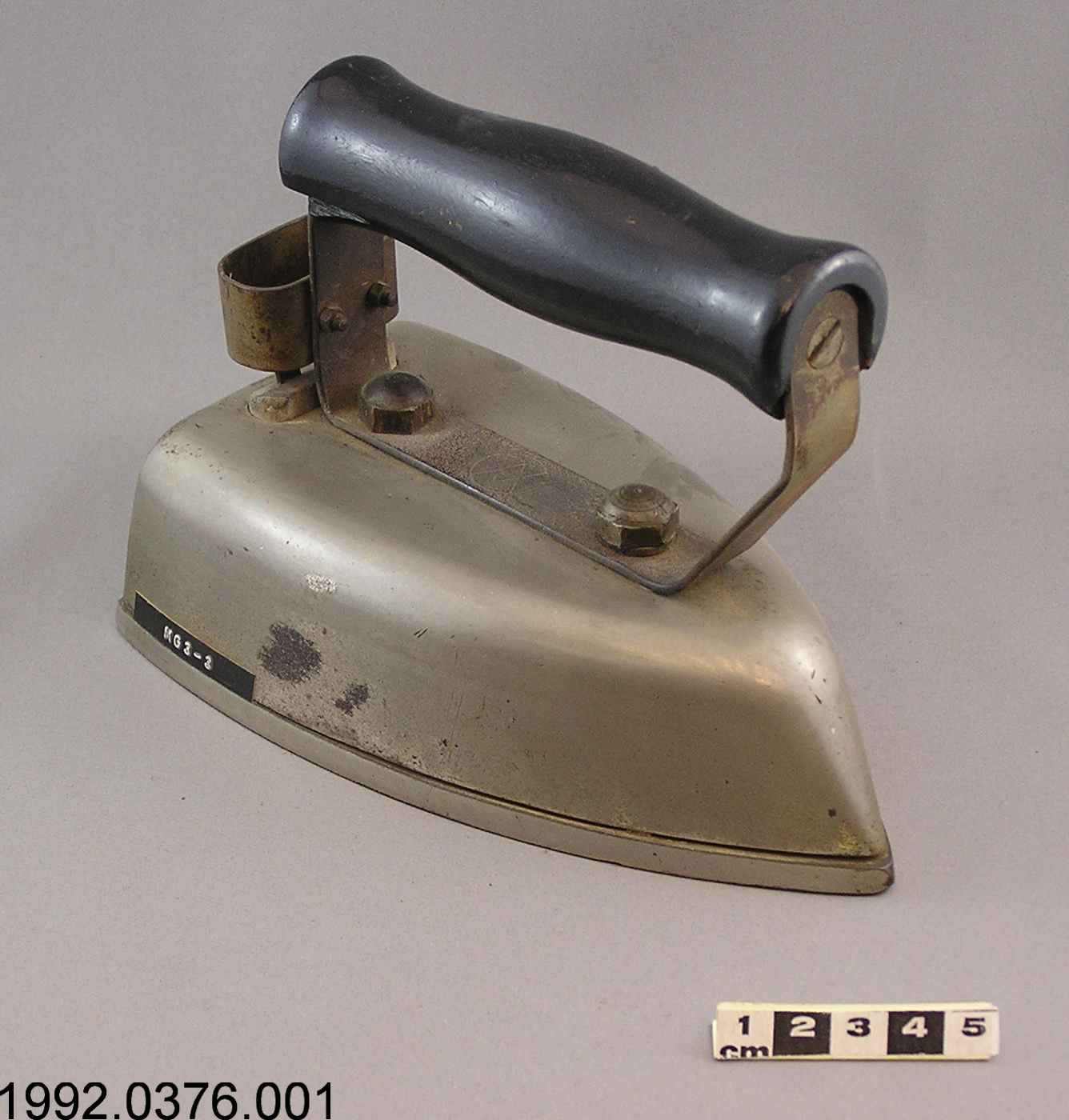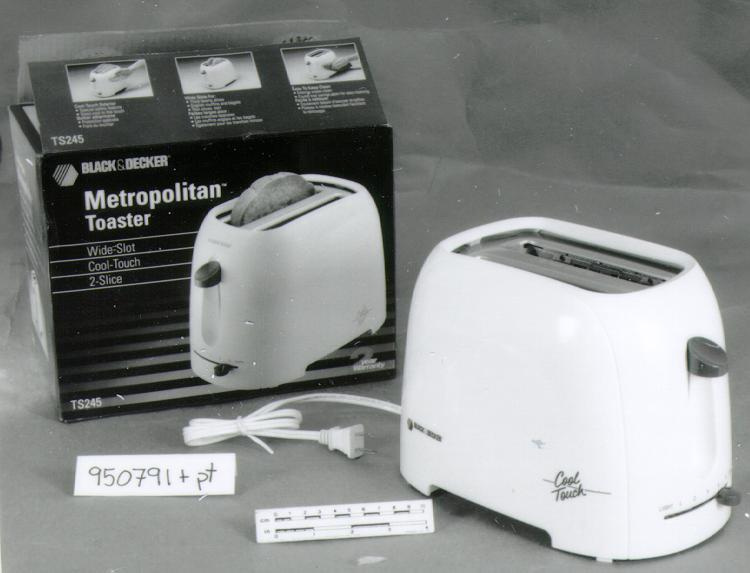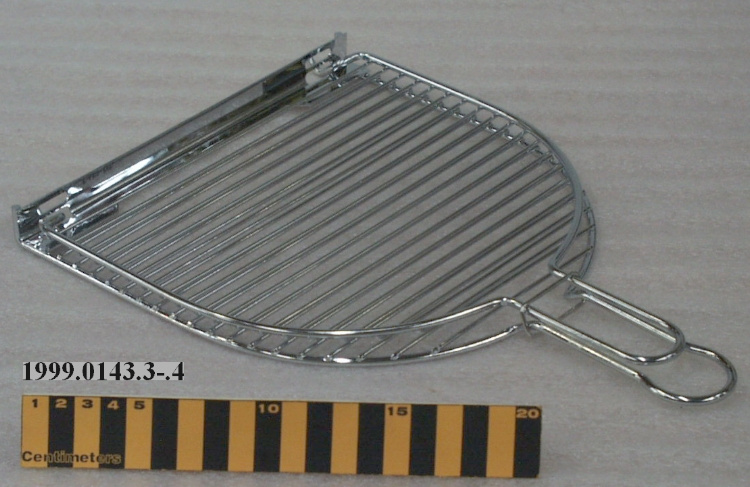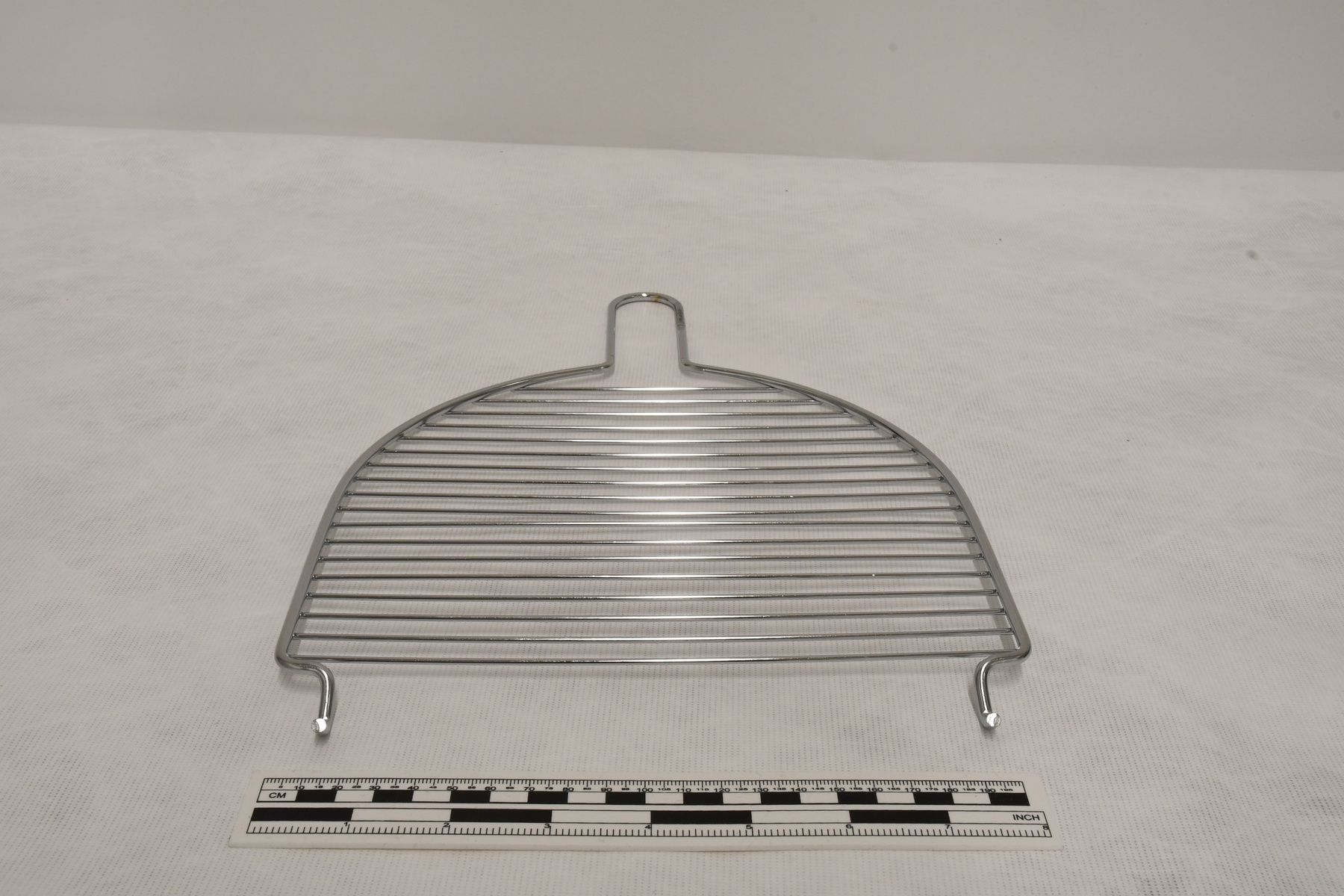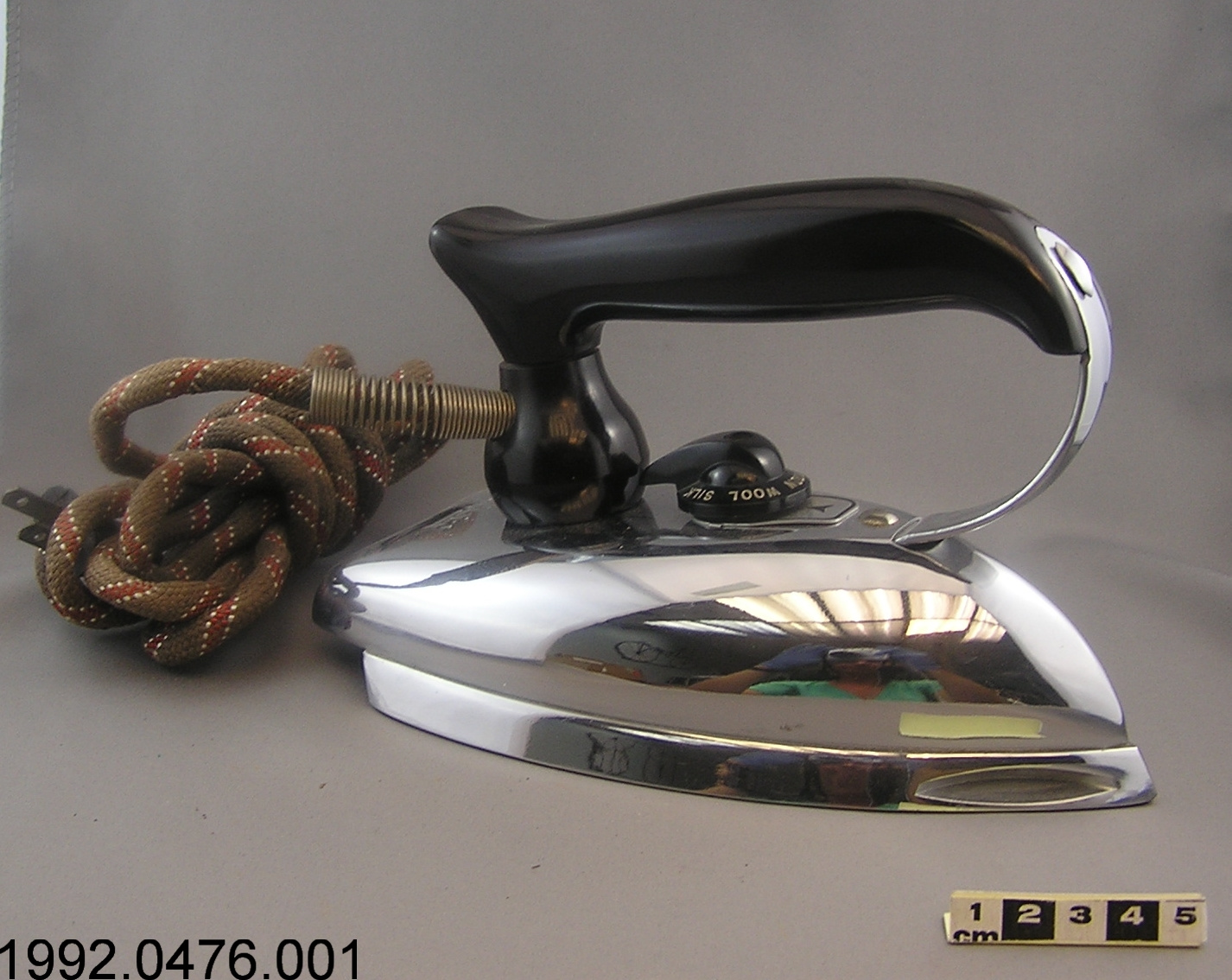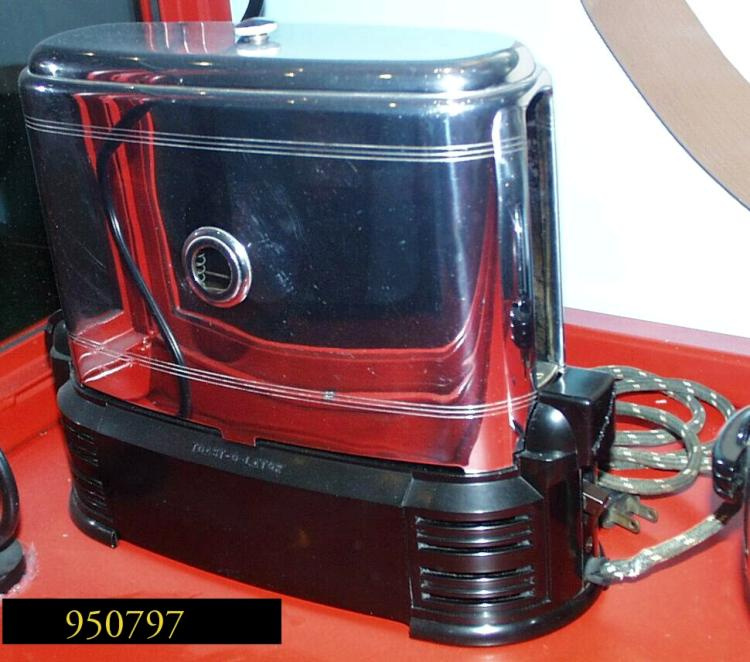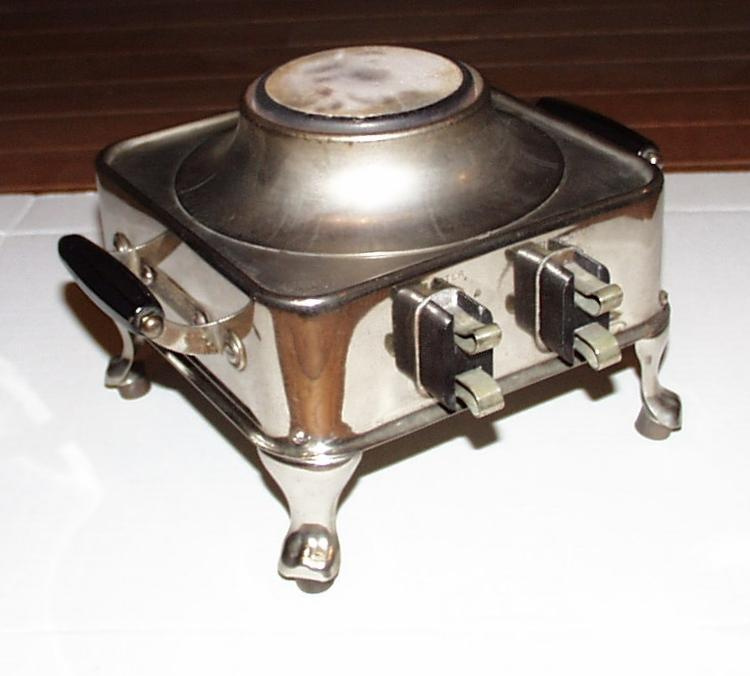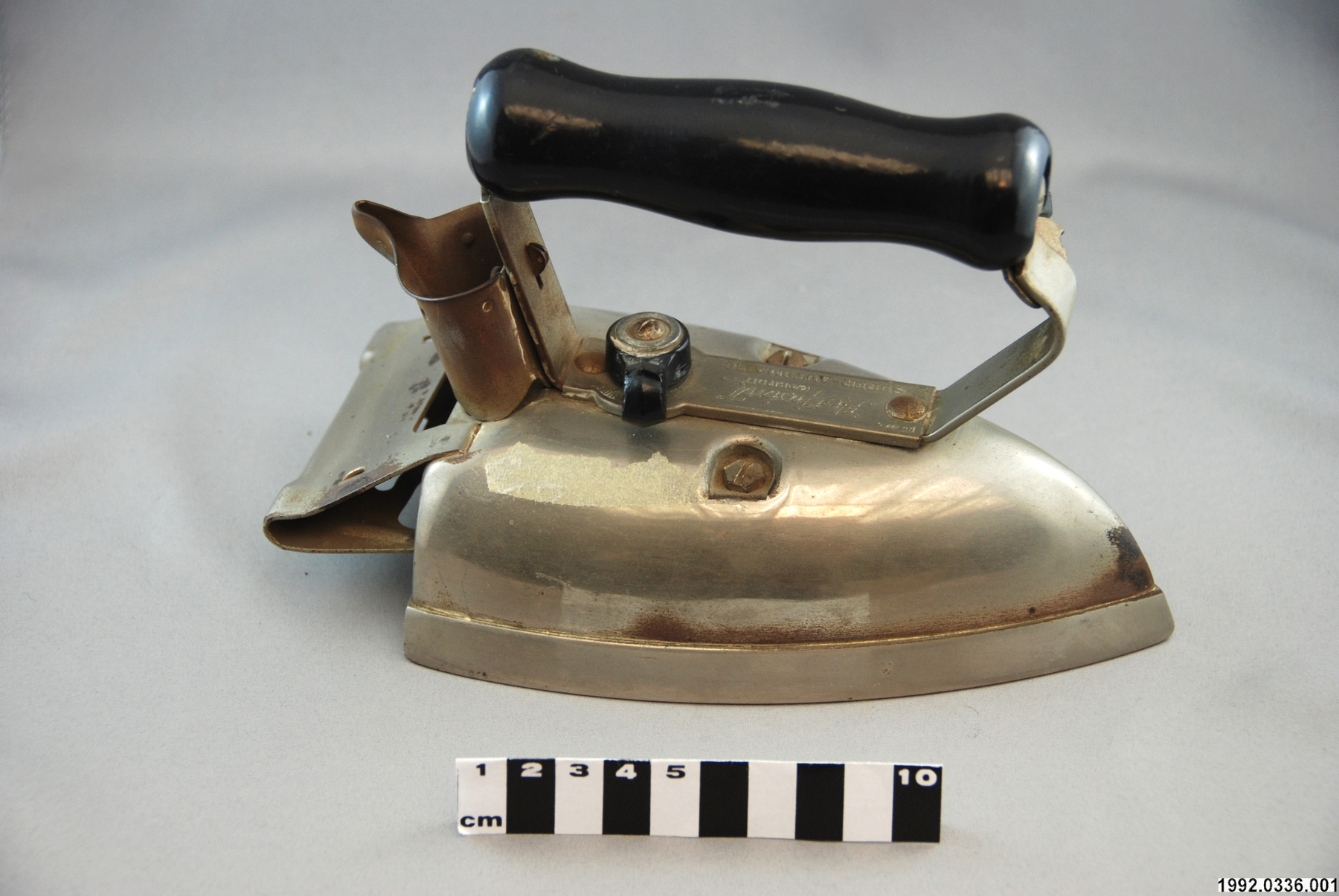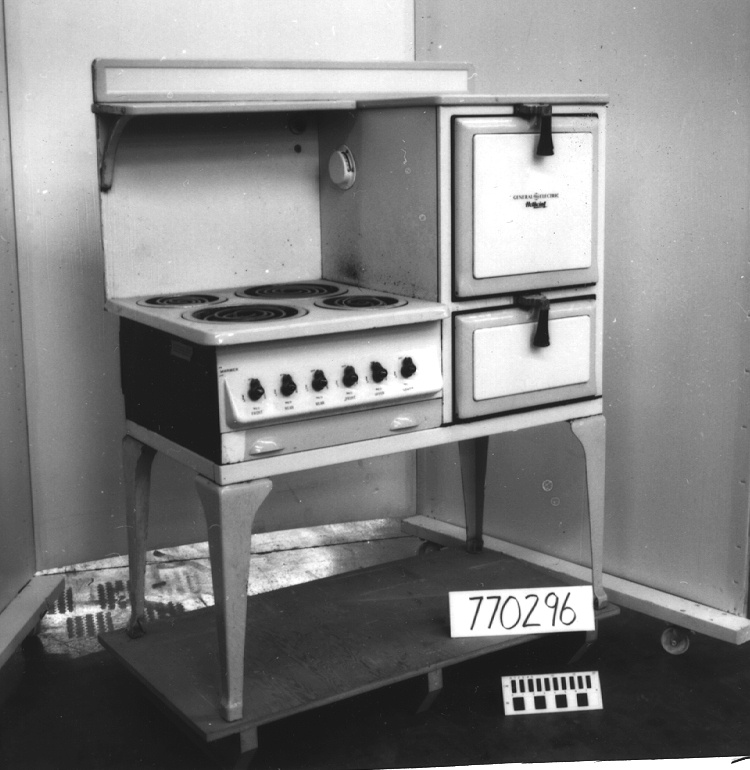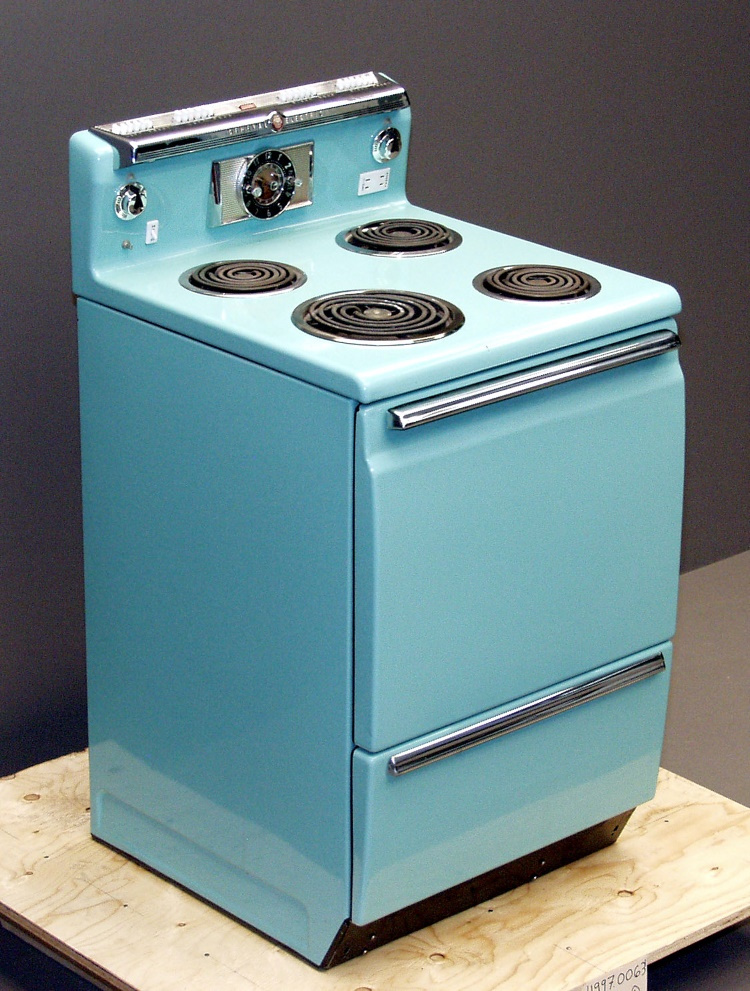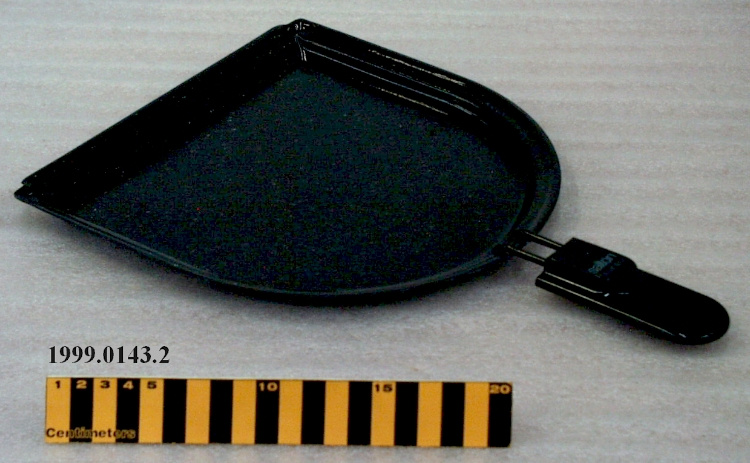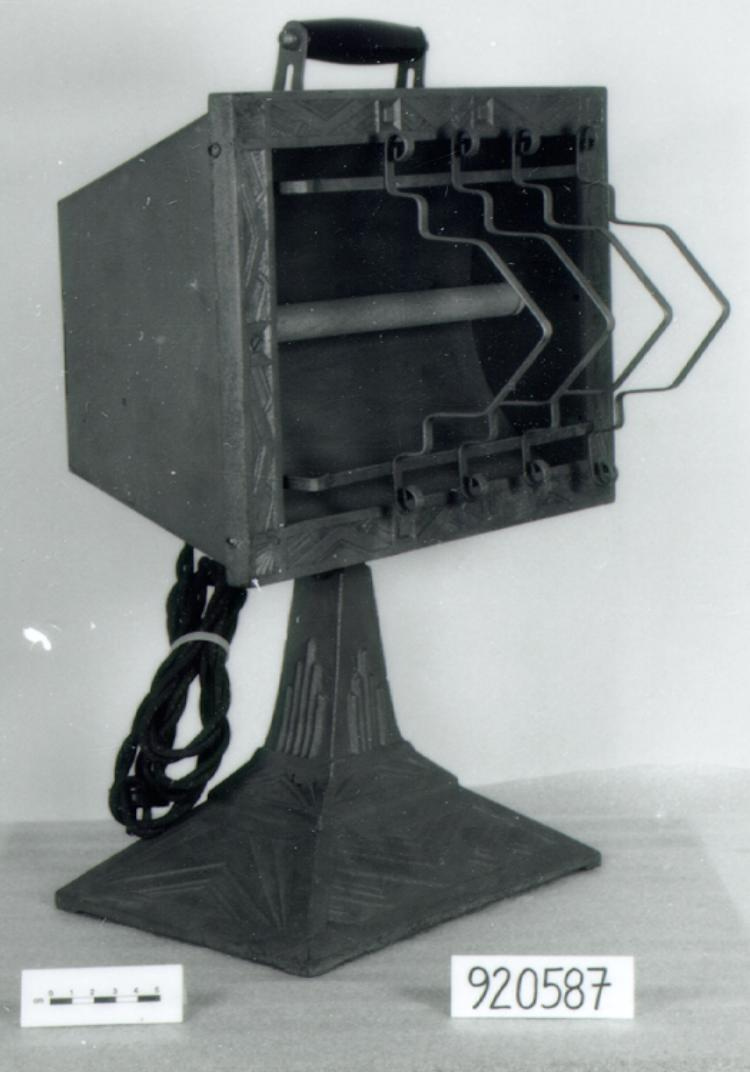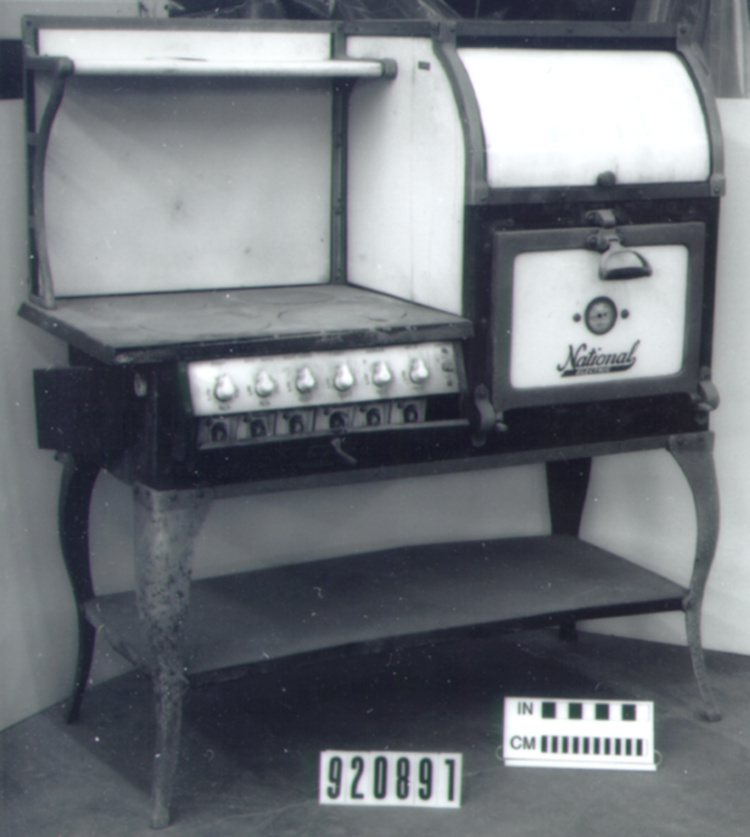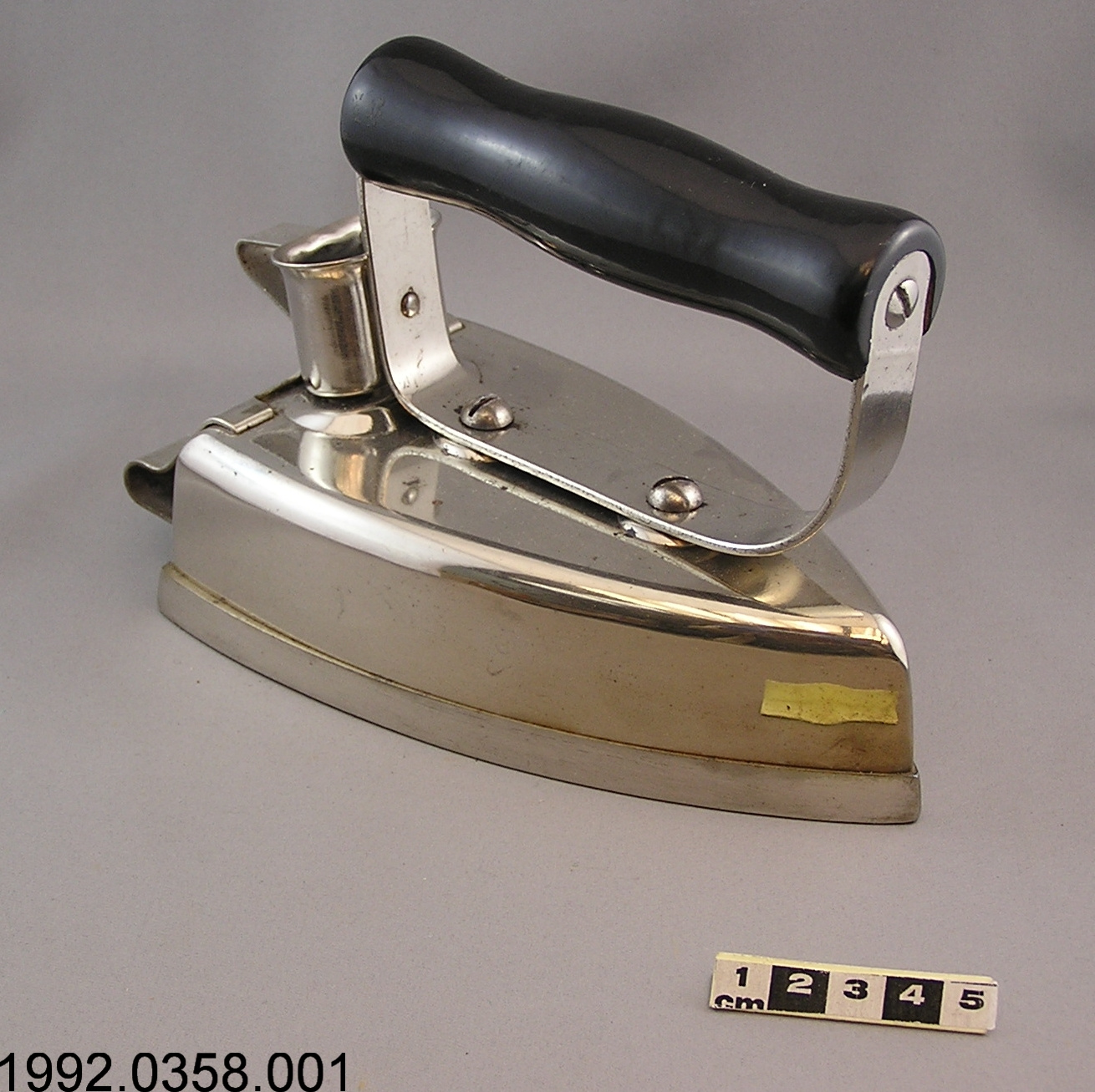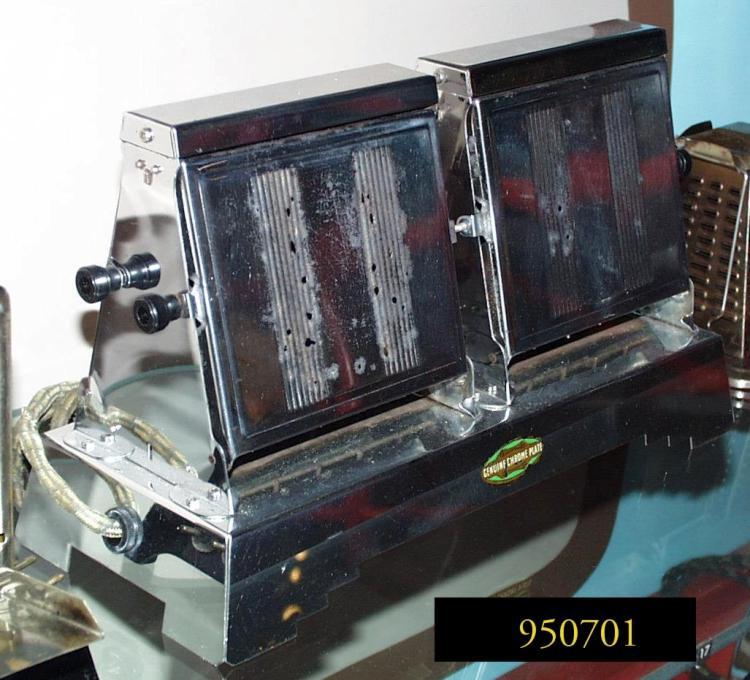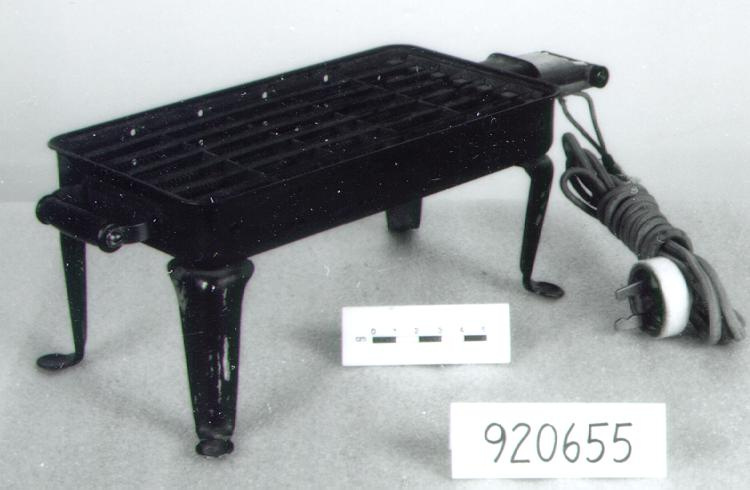Toaster stove
Use this image
Can I reuse this image without permission? Yes
Object images on the Ingenium Collection’s portal have the following Creative Commons license:
Copyright Ingenium / CC BY-NC-ND (Attribution-NonCommercial 4.0 International (CC BY-NC 4.0)
ATTRIBUTE THIS IMAGE
Ingenium,
1992.0655.001
Permalink:
Ingenium is releasing this image under the Creative Commons licensing framework, and encourages downloading and reuse for non-commercial purposes. Please acknowledge Ingenium and cite the artifact number.
DOWNLOAD IMAGEPURCHASE THIS IMAGE
This image is free for non-commercial use.
For commercial use, please consult our Reproduction Fees and contact us to purchase the image.
- OBJECT TYPE
- ELECTRIC/OPEN
- DATE
- 1913
- ARTIFACT NUMBER
- 1992.0655.001
- MANUFACTURER
- Hotpoint Electric Heating Co.
- MODEL
- EL TOSTOVO
- LOCATION
- Ontario, California, United States of America
More Information
General Information
- Serial #
- N/A
- Part Number
- 1
- Total Parts
- 2
- AKA
- N/A
- Patents
- N/A
- General Description
- PRESSED METAL HOUSING, LEGS, GRILL & PLUG GUARD/ SHEET MICA EITHER SIDE OF GRILL CROSS-PIECES/ WOOD HANDLE
Dimensions
Note: These reflect the general size for storage and are not necessarily representative of the object's true dimensions.
- Length
- 26.0 cm
- Width
- 12.9 cm
- Height
- 10.3 cm
- Thickness
- N/A
- Weight
- N/A
- Diameter
- N/A
- Volume
- N/A
Lexicon
- Group
- Domestic Technology
- Category
- Food processing
- Sub-Category
- N/A
Manufacturer
- AKA
- Hotpoint
- Country
- United States of America
- State/Province
- California
- City
- Ontario
Context
- Country
- Unknown
- State/Province
- Unknown
- Period
- Unknown
- Canada
-
Around the time of release of this toaster, electricity was not yet commonly found within Canadian homes. Toasters and other electrical appliances were typically used in commercial settings, such as restaurants (Ref. 1). Electrification of homes started initially through the introduction of lighting, leading to the development of some toaster cords that plugged into lightbulb sockets (Ref.1). In 1917, the two-prong system for electrical plugs was established and standardized across North America, and by the 1920s it became more affordable to bring electricity into the home. Between 1941-1951, the percentage of homes with electricity increased significantly, from 69.1% of homes, to 87.8%, with higher percentages in urban regions of the country (Ref.2). Companies such as B.C. Electric encountered a surplus of electric generation, particular during periods of low-usage. To encourage further use of electricity in homes, electric companies in Canada began to encourage use of electrical appliances. These companies targeted women in their marketing, promoting the benefits of appliances to reduce workload in the kitchen. Showrooms were set up across Canada by various electric manufacturers, inviting women to view various electrical appliances (Ref.1). As Canadians were introduced to the benefits of electricity in the kitchen, there was generally higher uptake of small electric appliances, such as toasters and irons, than the larger electric appliances. Between 1952-1960, the total number of toasters that were manufactured in Canada increased from 198,200 to 278,567 toasters total, or a total value of $1.2 million to $2.6 million (Ref.3). By 1931, 40% of homes across Canada owned a toaster (Ref.2). - Function
-
To toast one side of bread at a time. - Technical
-
This style of toaster was sometimes referred to as a ‘toaster stove’, likely for its horizontal heating element, in contrast to their ‘upright toaster’, which had a vertical heating element (Ref.4). The toaster requires that the user attends to the appliance and turns the toast by hand to ensure even toasting on both sides. Due to human error however, this often led to burnt toast. This design flaw eventually led to the development of the pop-up toaster in 1919 (Ref.5). The cabriole legs reflect the Modern French style that was popular in Canada during the mid 1800s. This styling was typical of the Victorian period, when the design of furniture reflected an interest in rococo-revival styling. Characteristics of the furniture during this period included organic and curving forms, such as these cabriole style legs (Ref.6). - Area Notes
-
Unknown
Details
- Markings
- RECTANGULAR MFR'S PLATE AT ONE END READS: 'El Tostovo/ VOLT 110 AMP 4.5 DATE 513/ HOTPOINT ELECTRIC HEATING CO./ NEW YORK. CHICAGO. ONTARIO. CAL. VANCOUVER. TORONTO.'
- Missing
- From CA of 03/15/1994 by Tony Missio: No - Complete
- Finish
- HOUSING, GRILL, LEGS & PLUG GUARD METAL PAINTED BLACK (OVER ORIGINAL NICKEL PLATED FINISH)/ HANDLE WOOD PAINTED BLACK
- Decoration
- N/A
CITE THIS OBJECT
If you choose to share our information about this collection object, please cite:
Hotpoint Electric Heating Co., Toaster stove, circa 1913, Artifact no. 1992.0655, Ingenium – Canada’s Museums of Science and Innovation, http://collection.ingeniumcanada.org/en/item/1992.0655.001/
FEEDBACK
Submit a question or comment about this artifact.
More Like This
